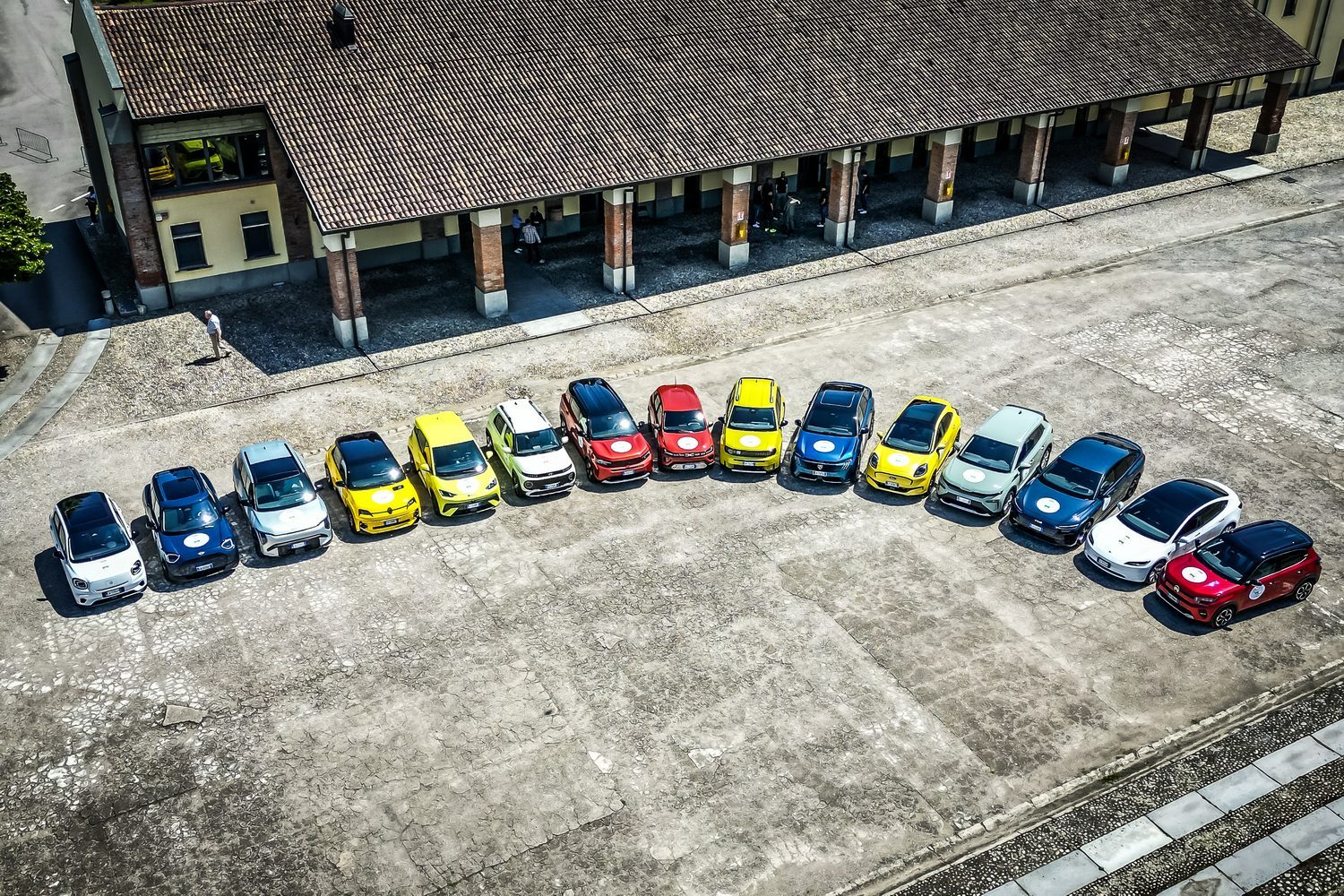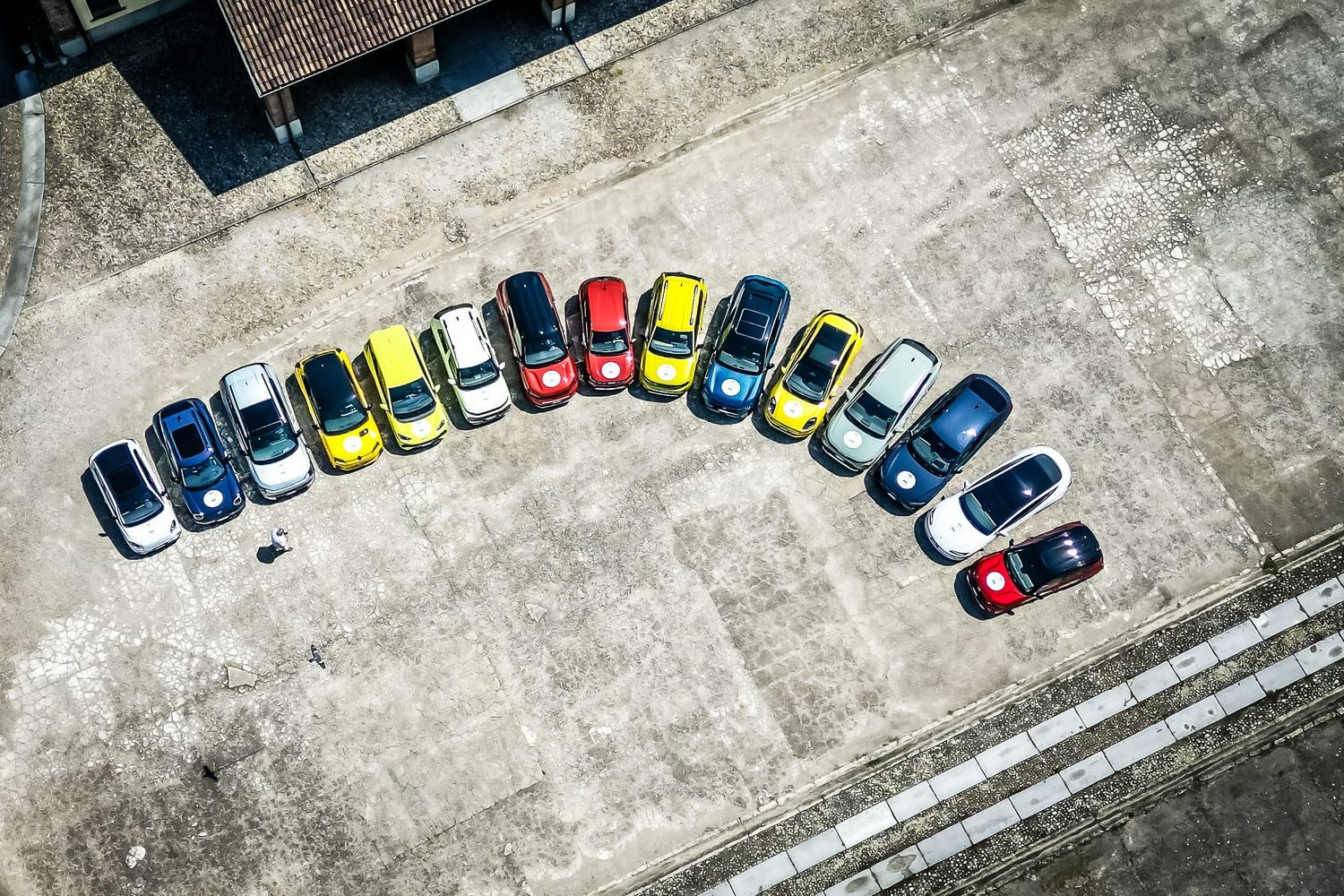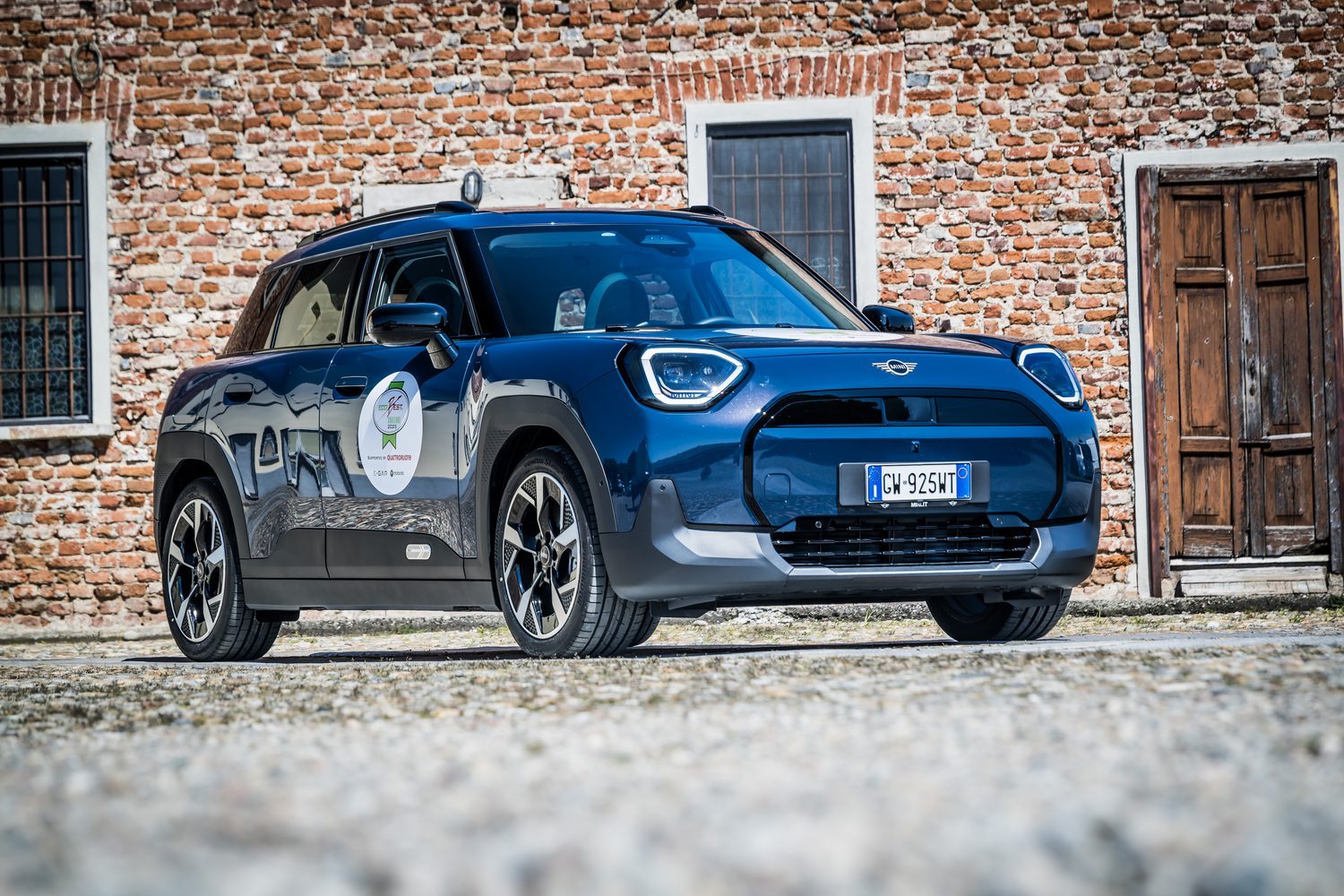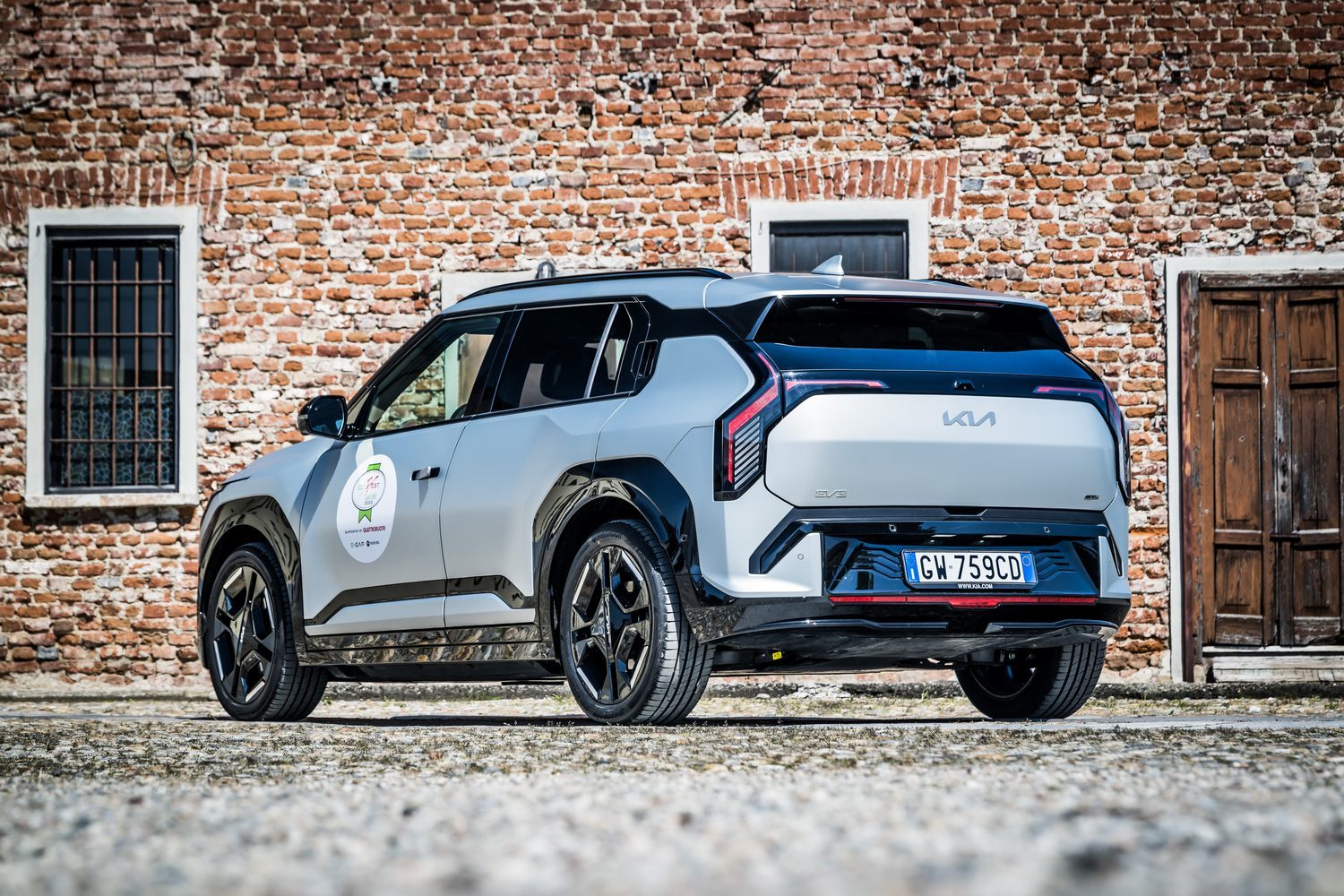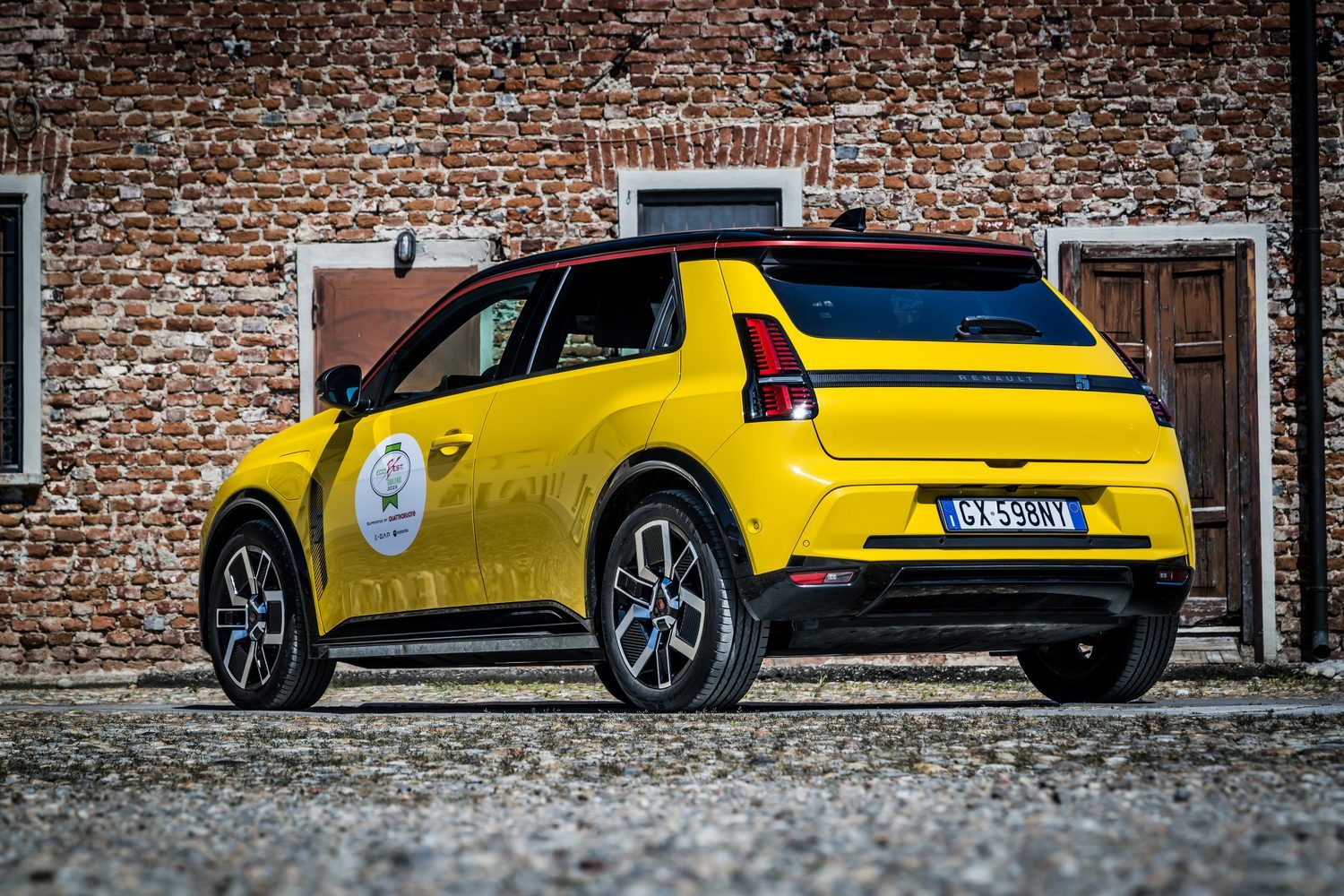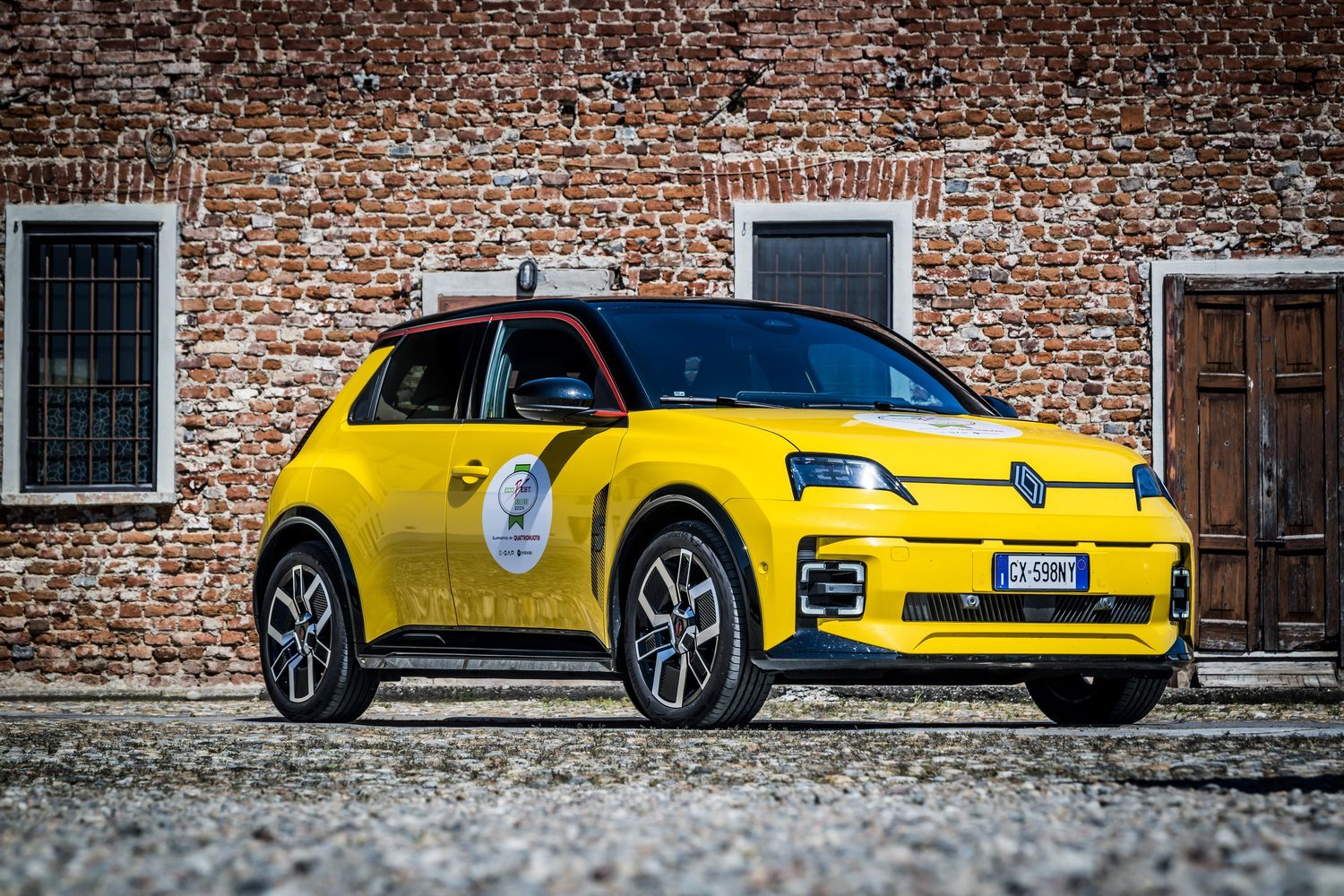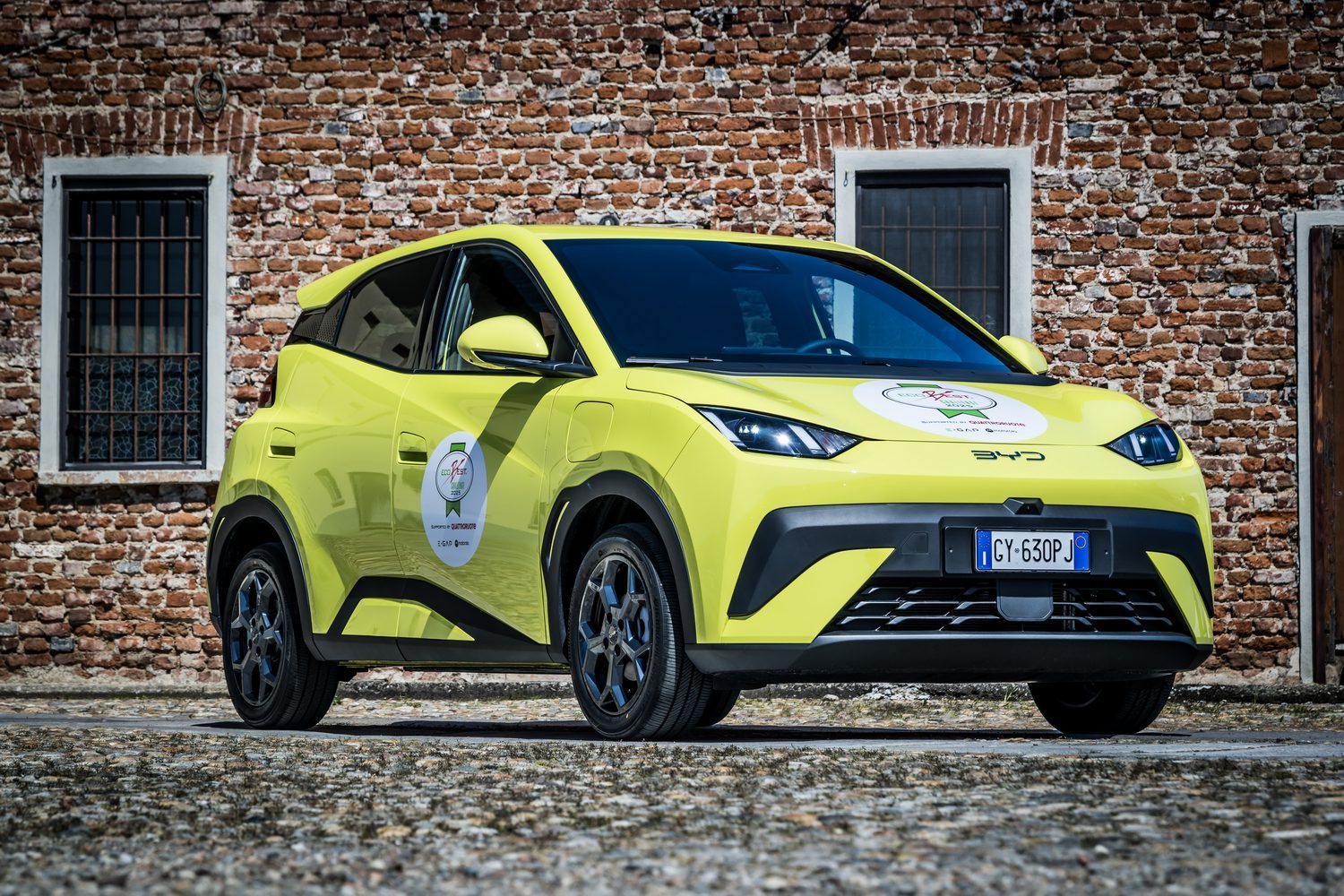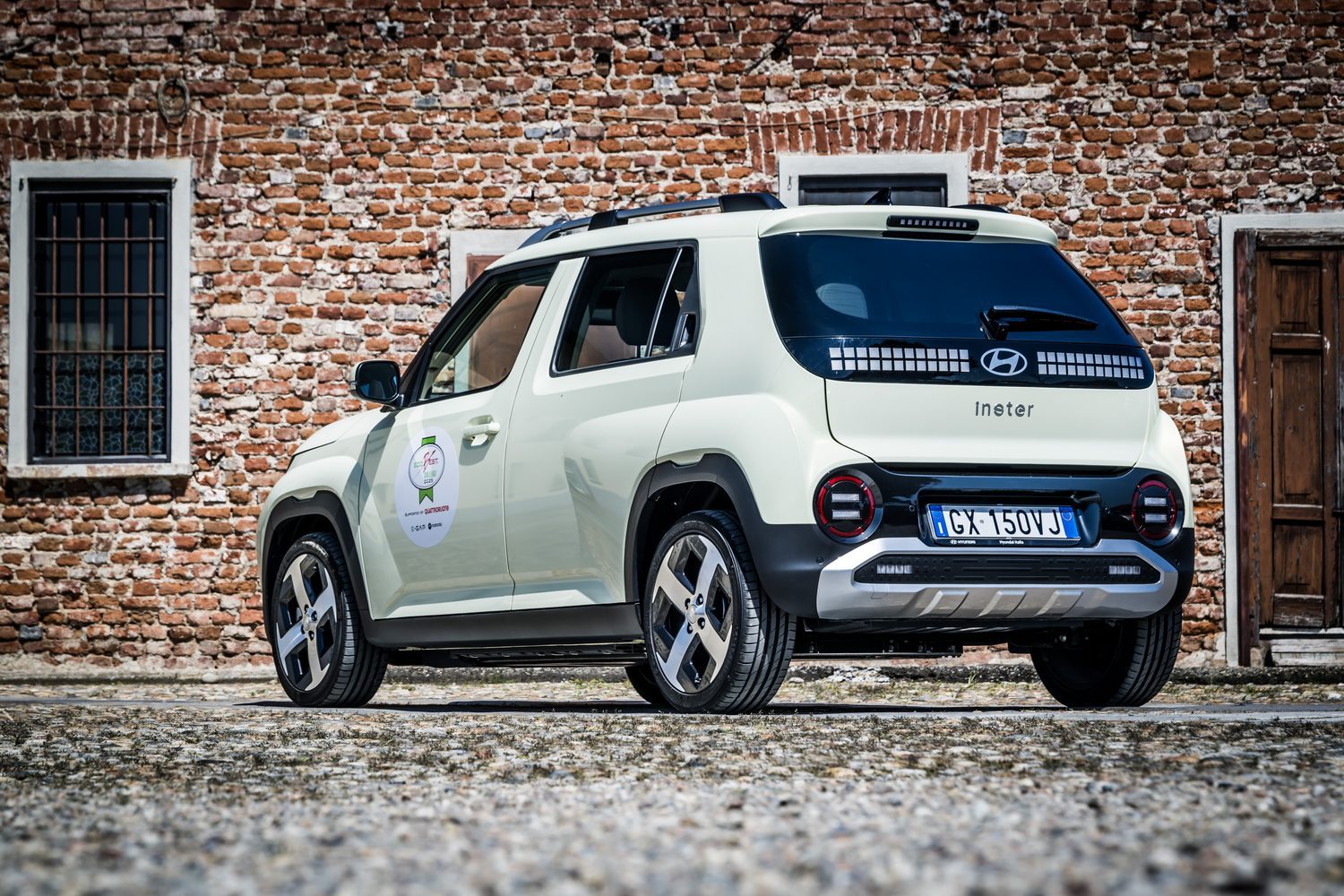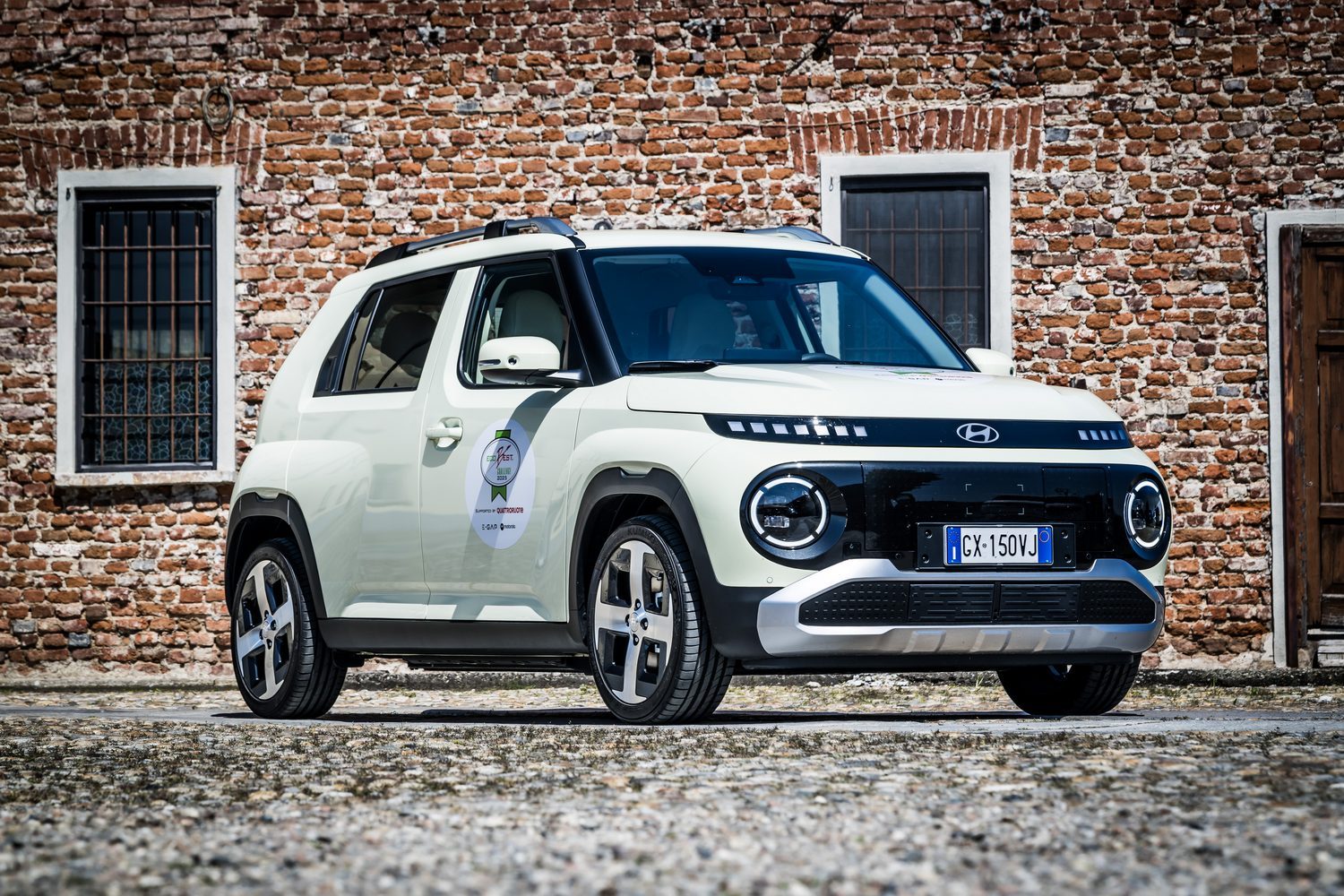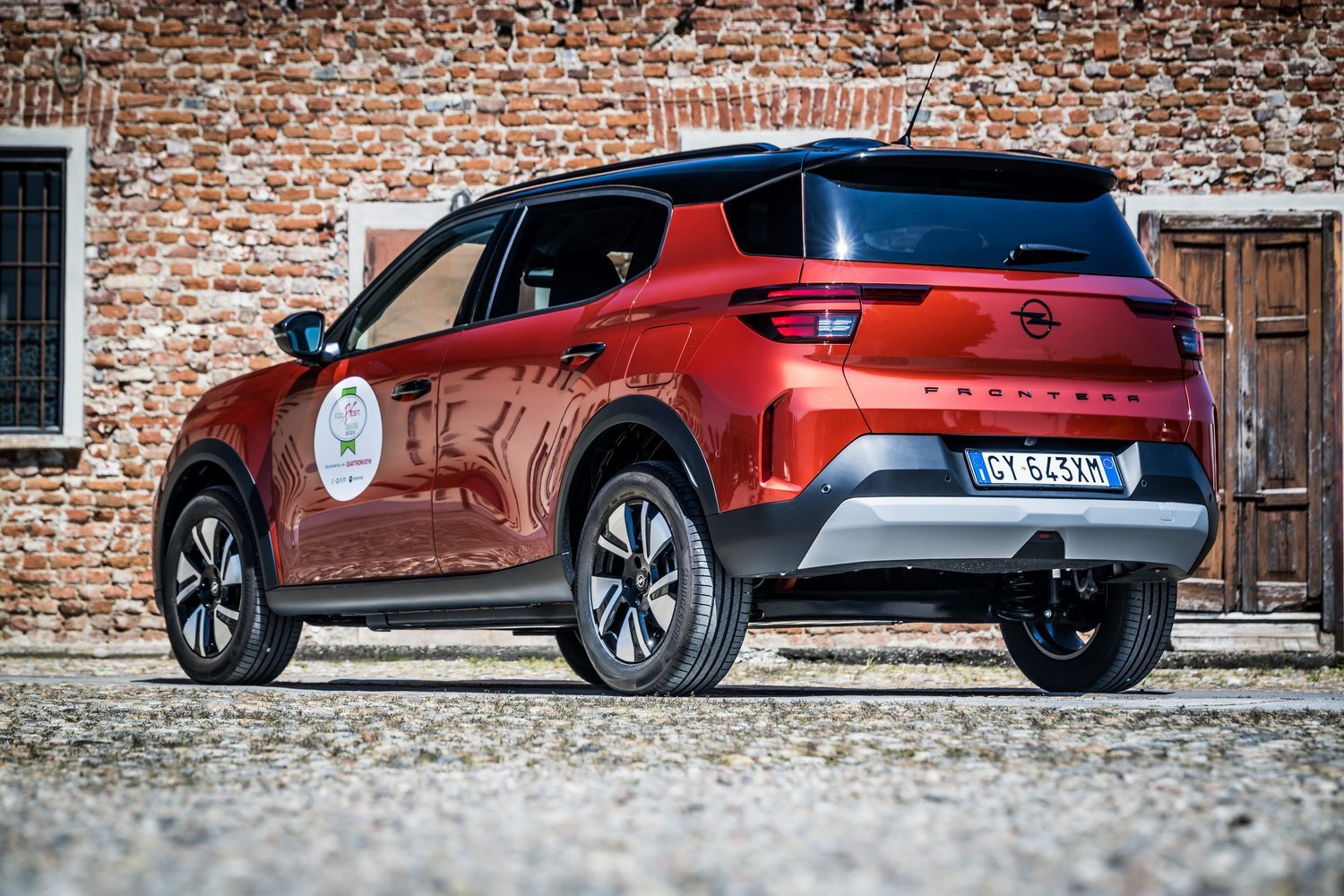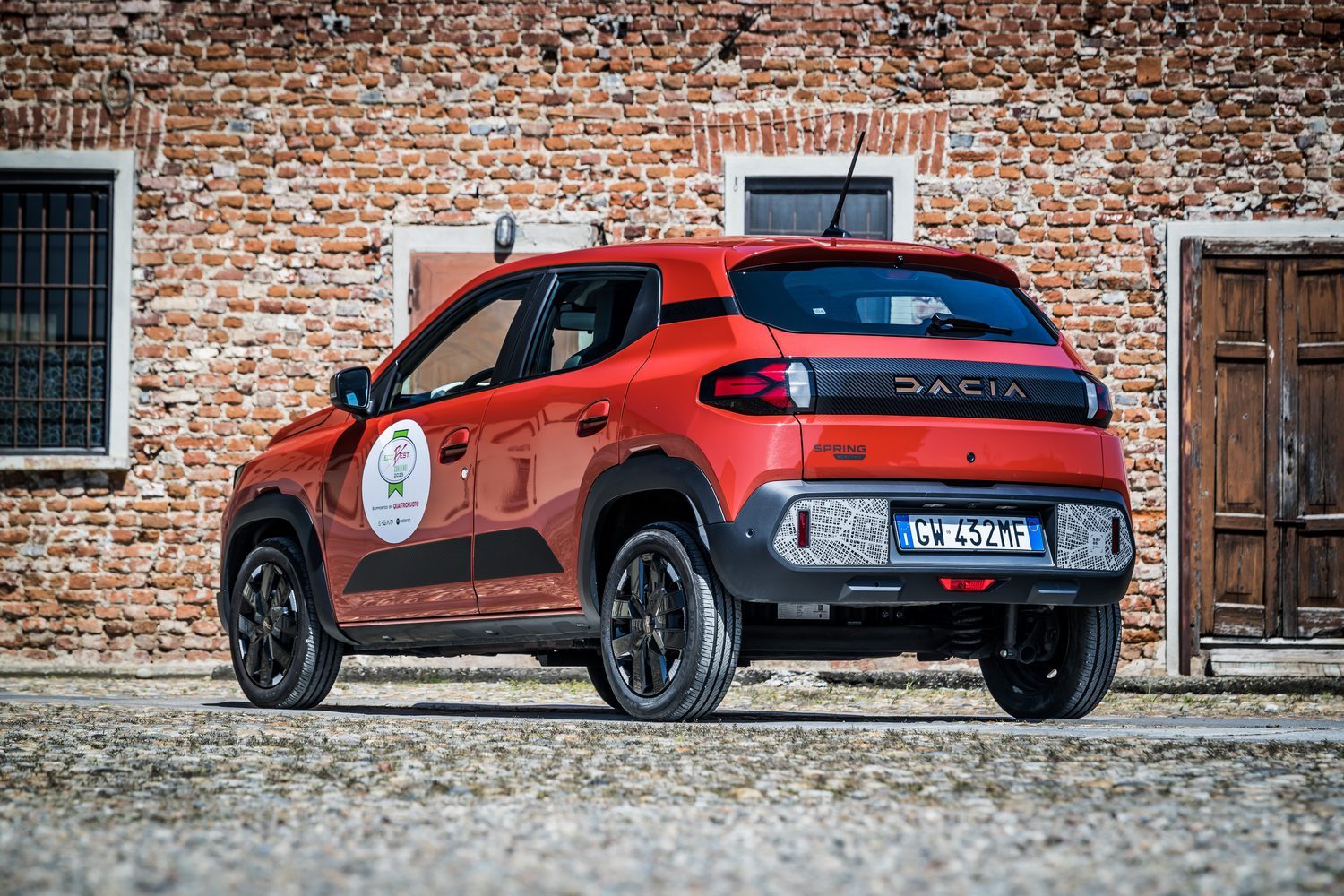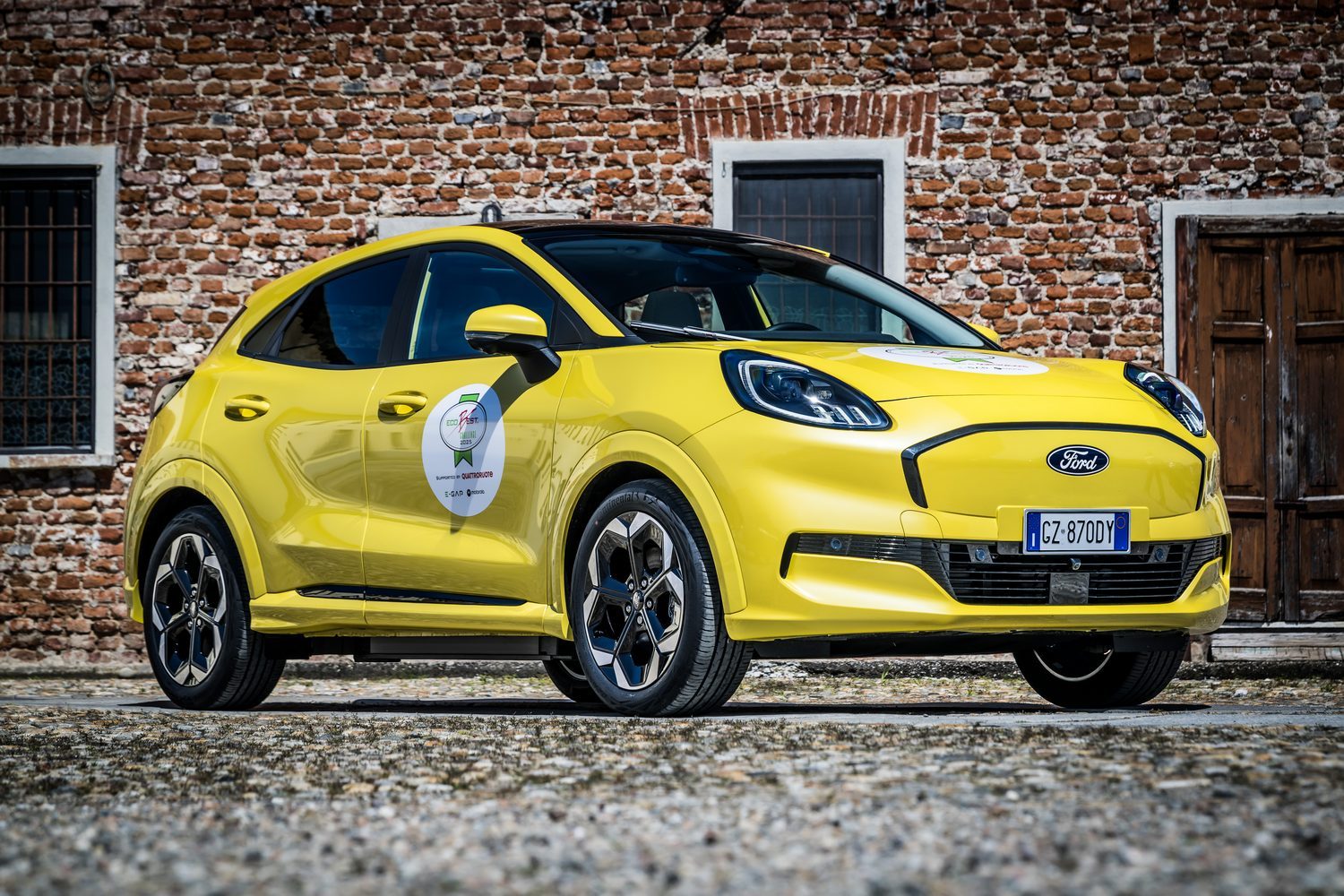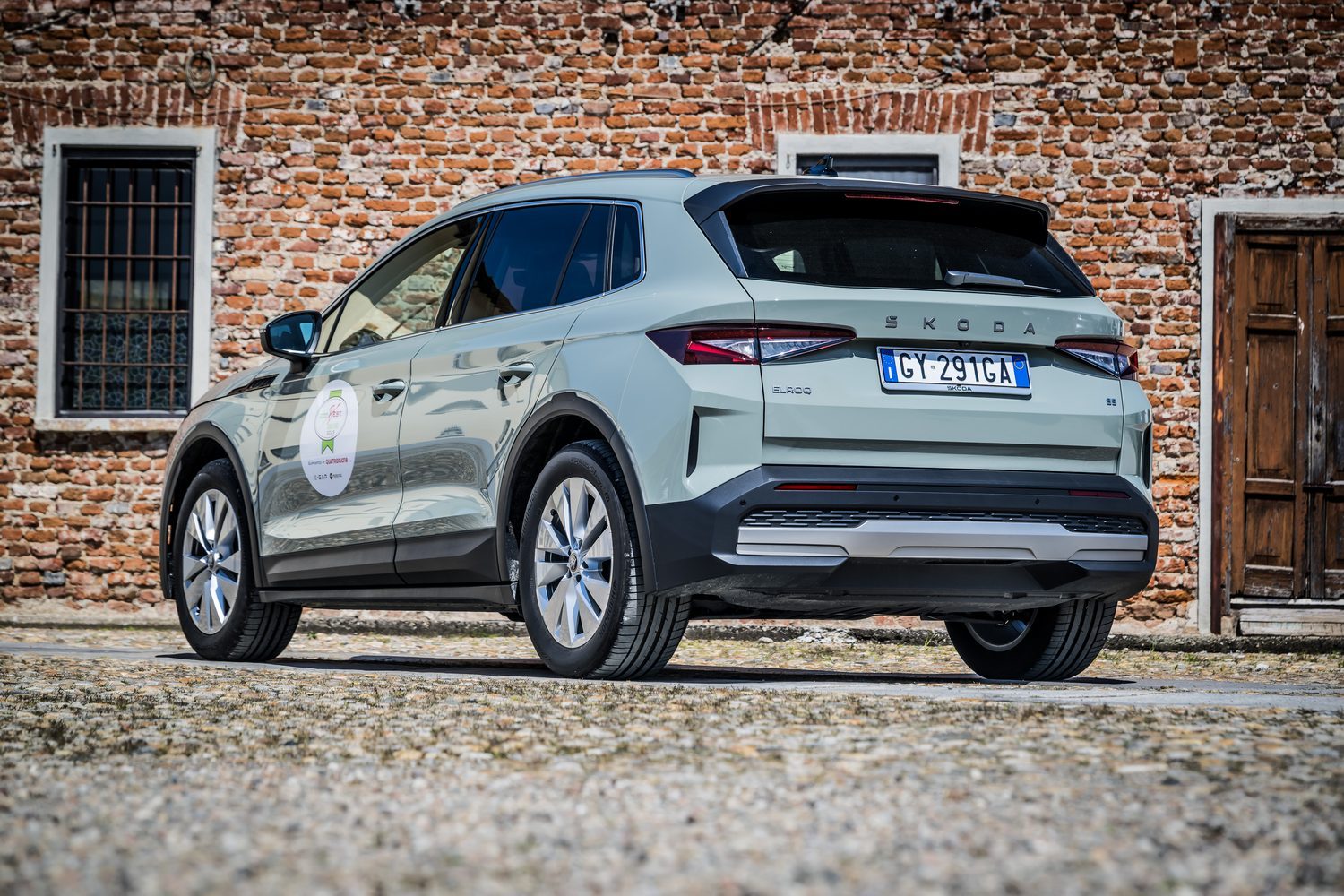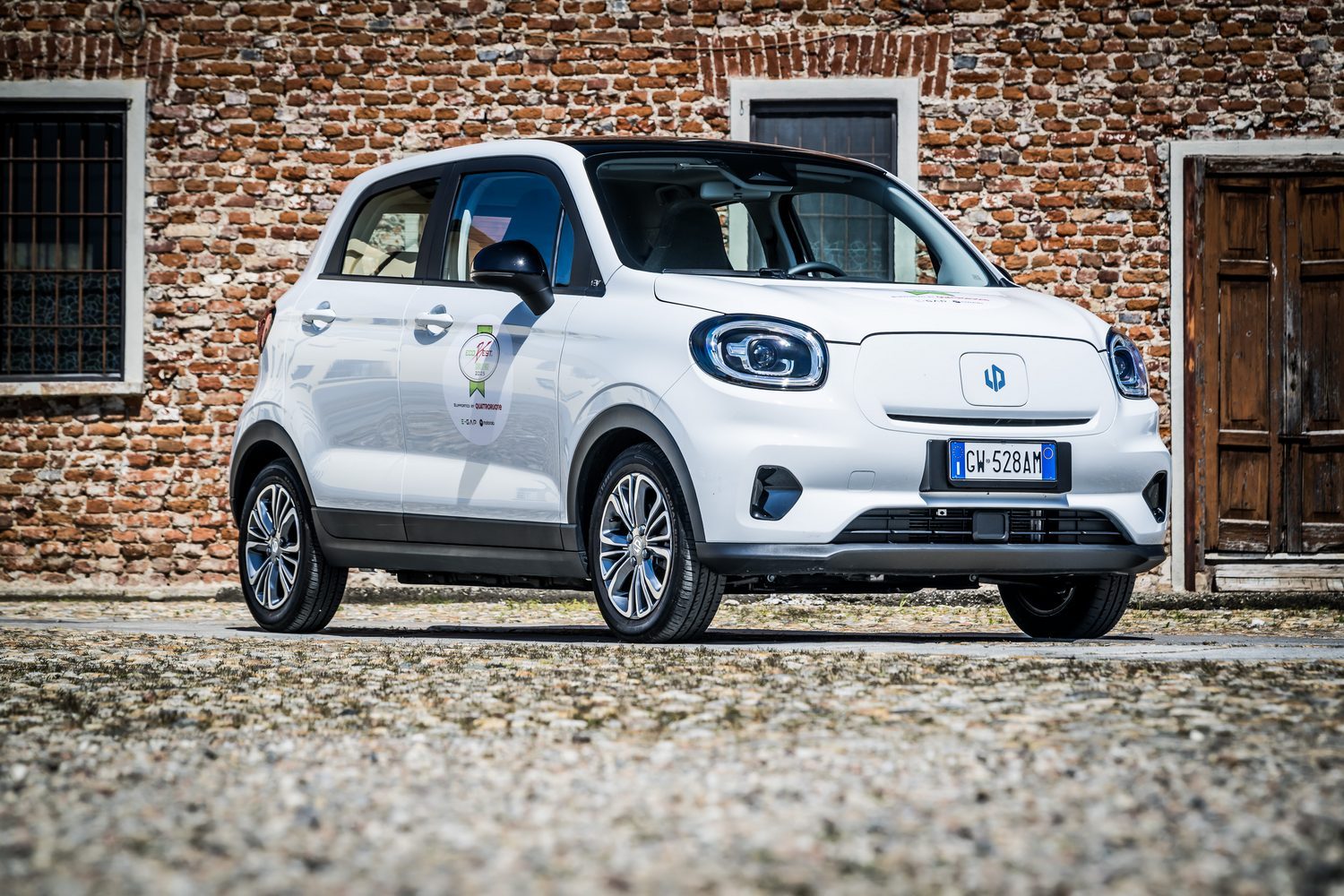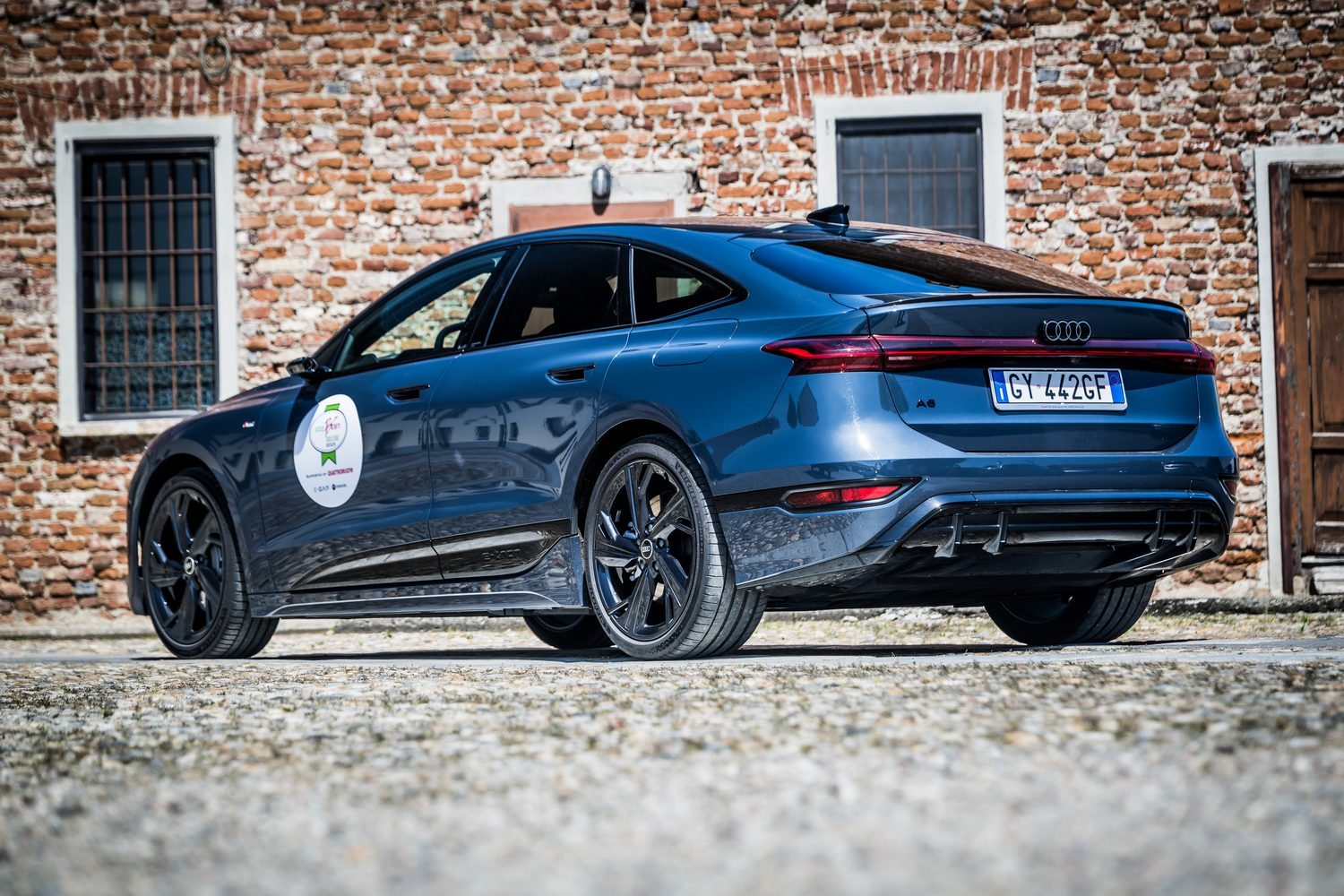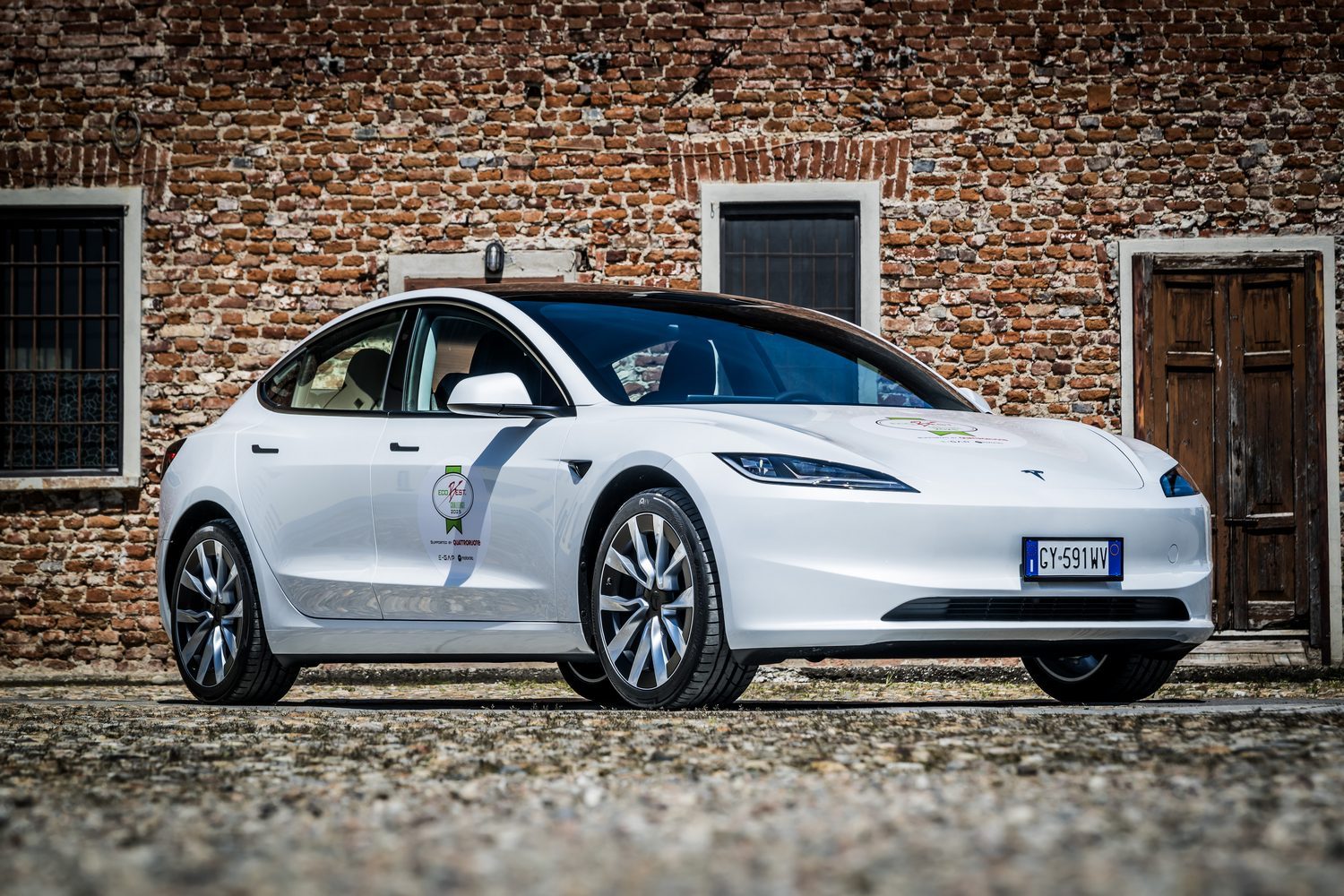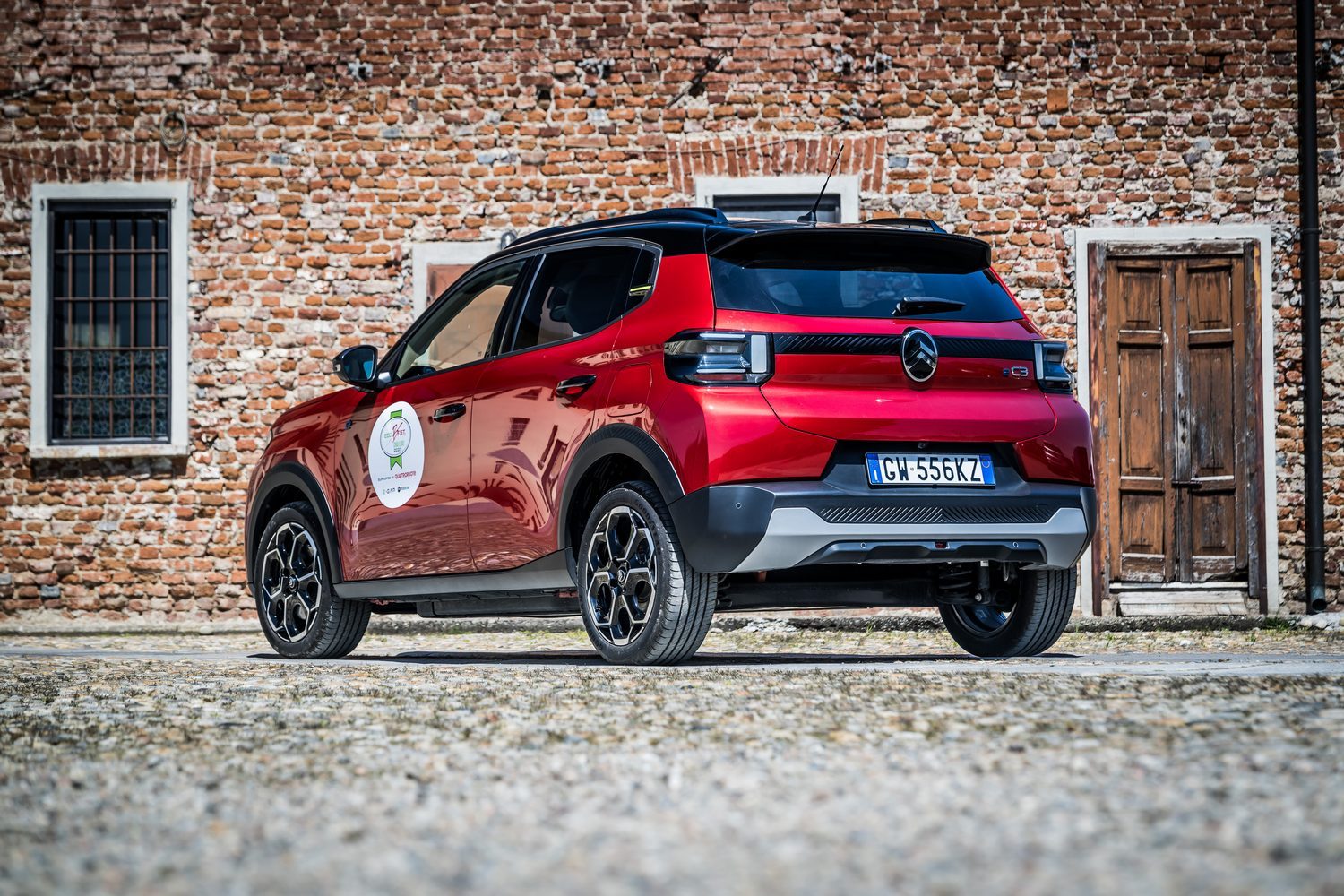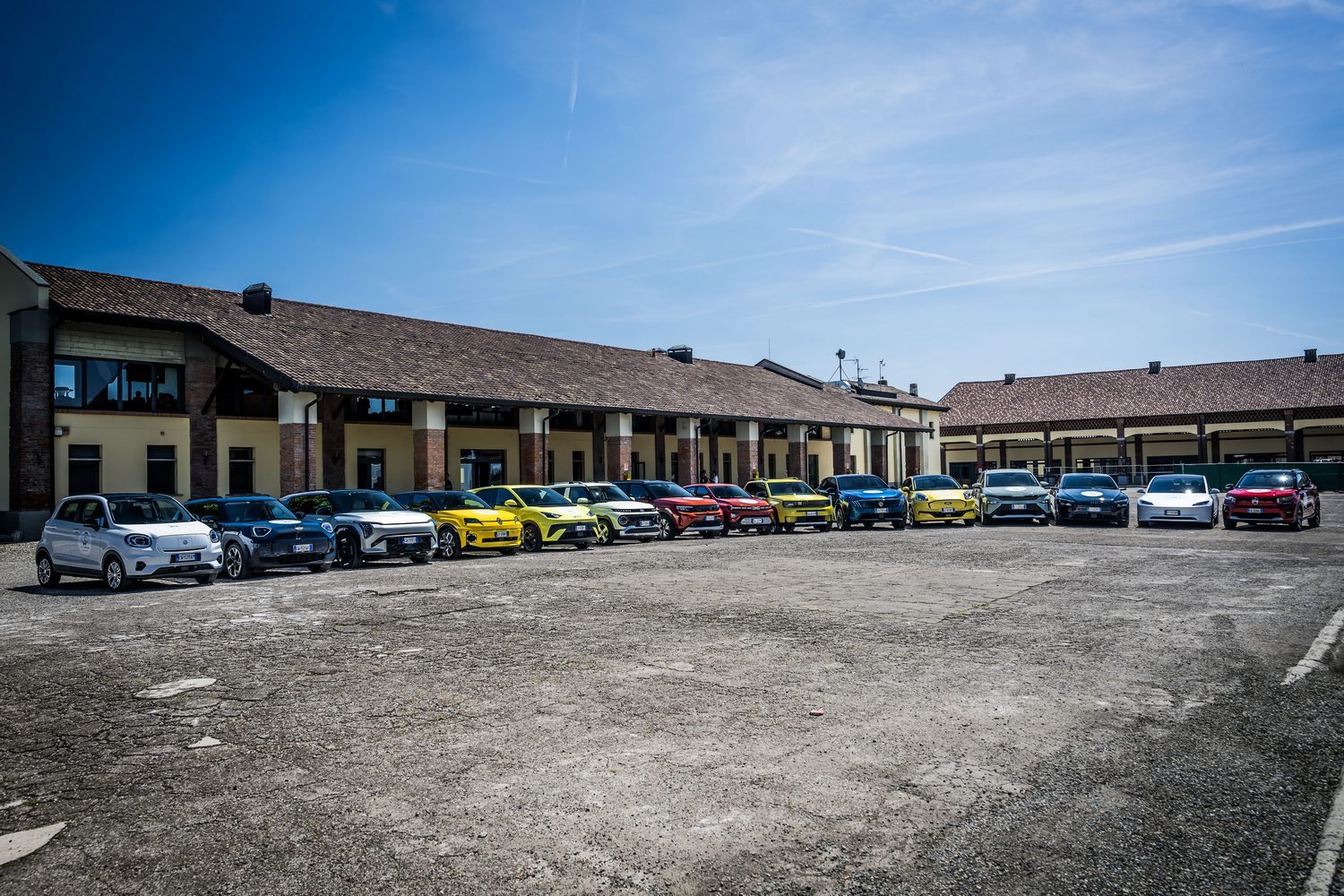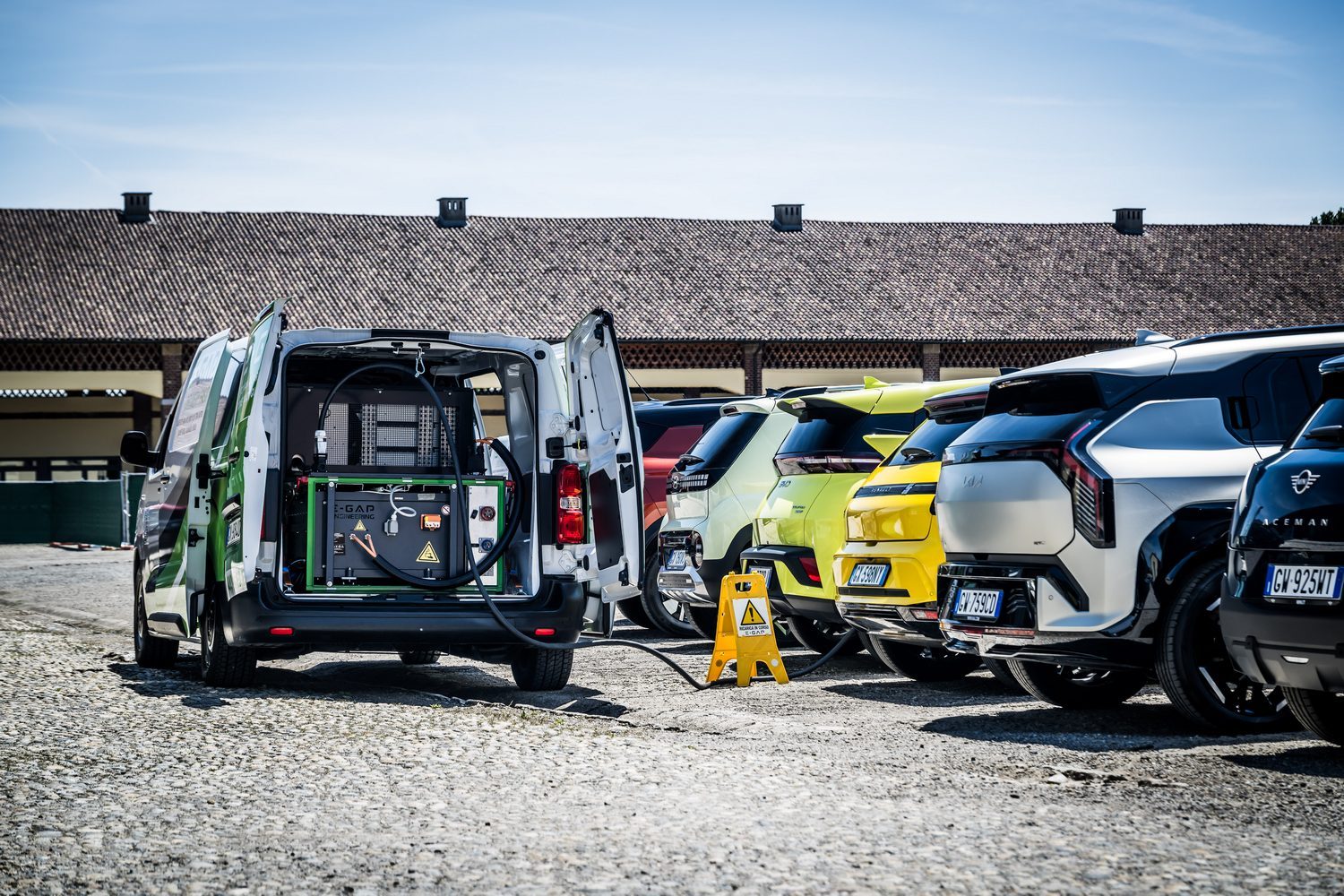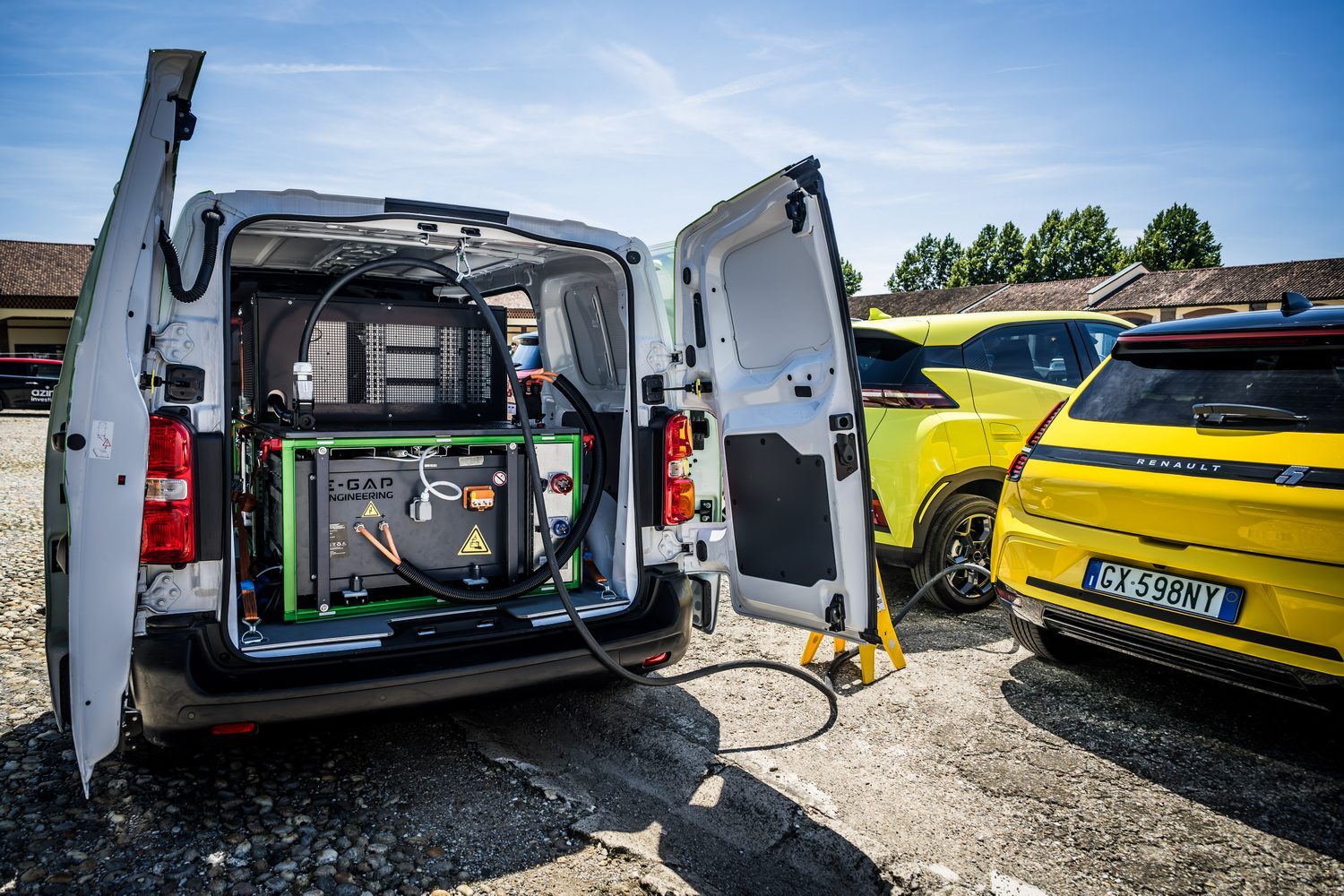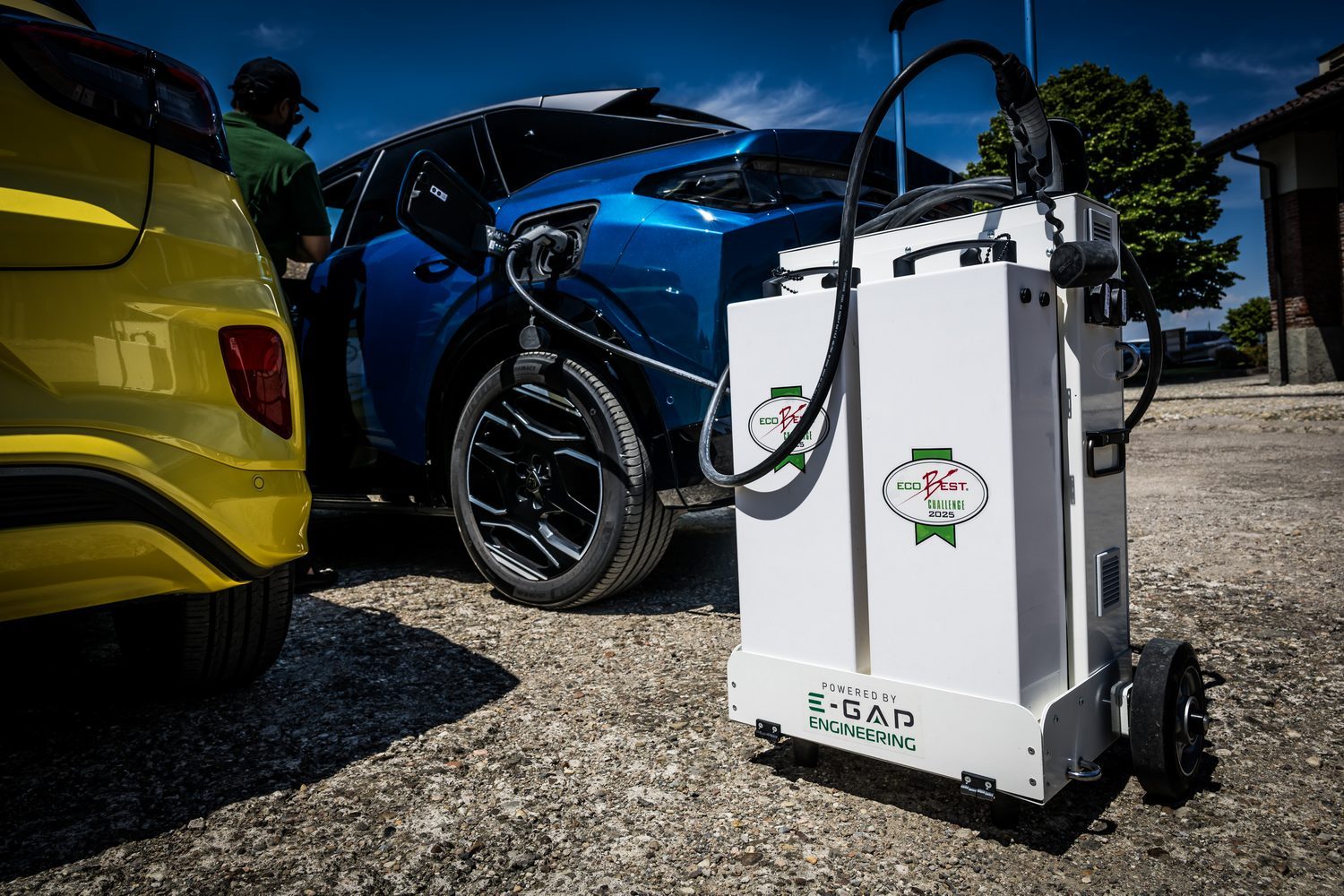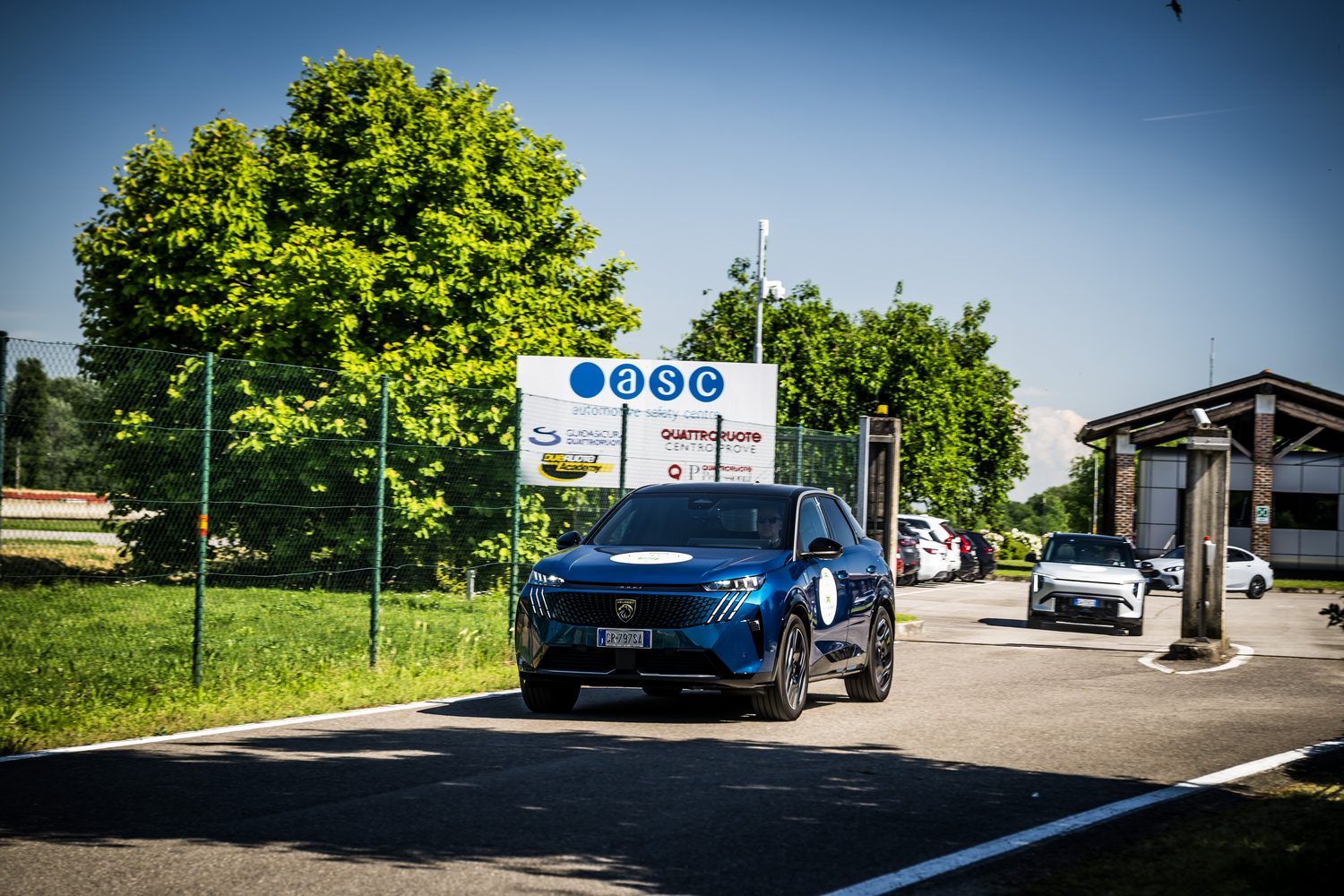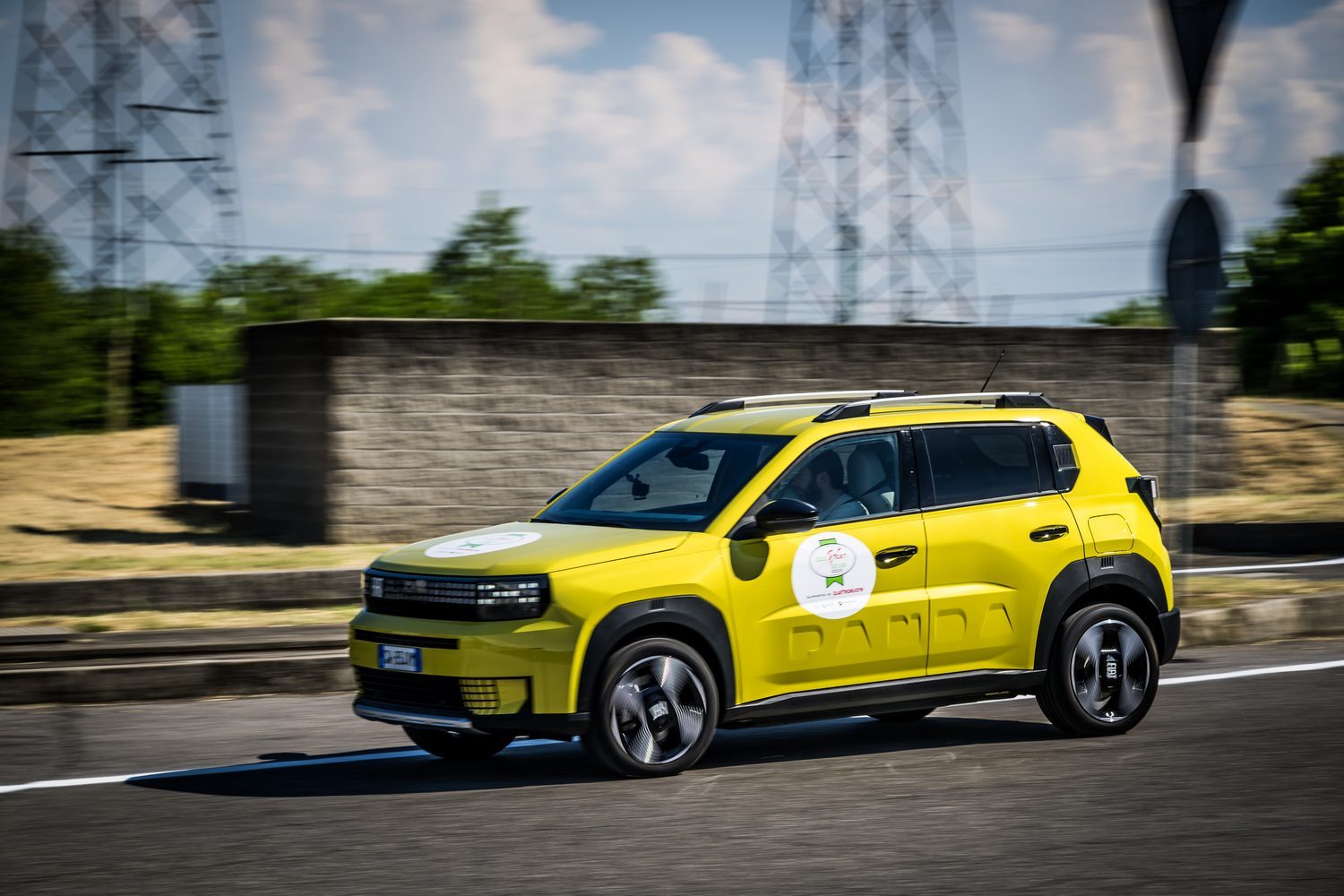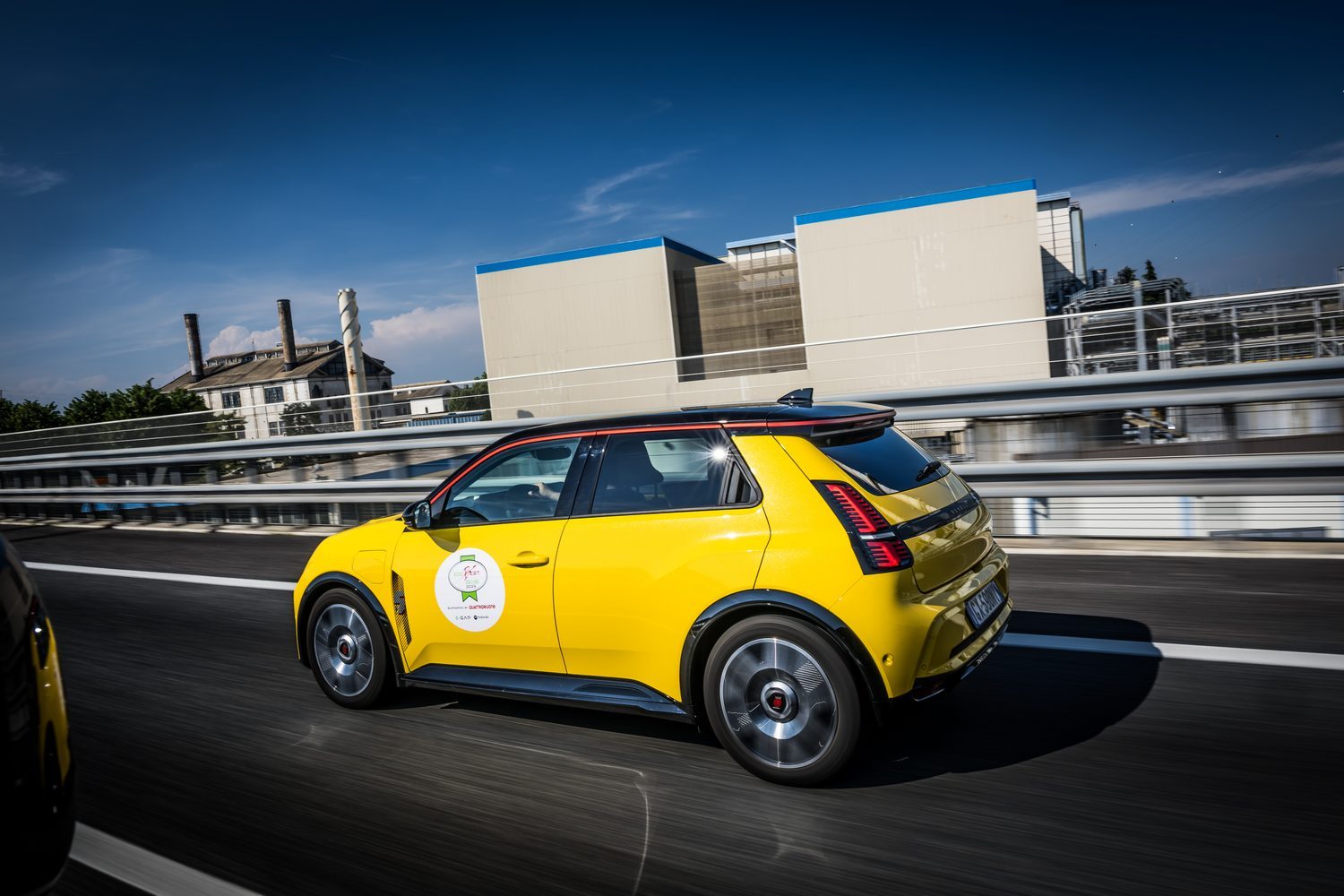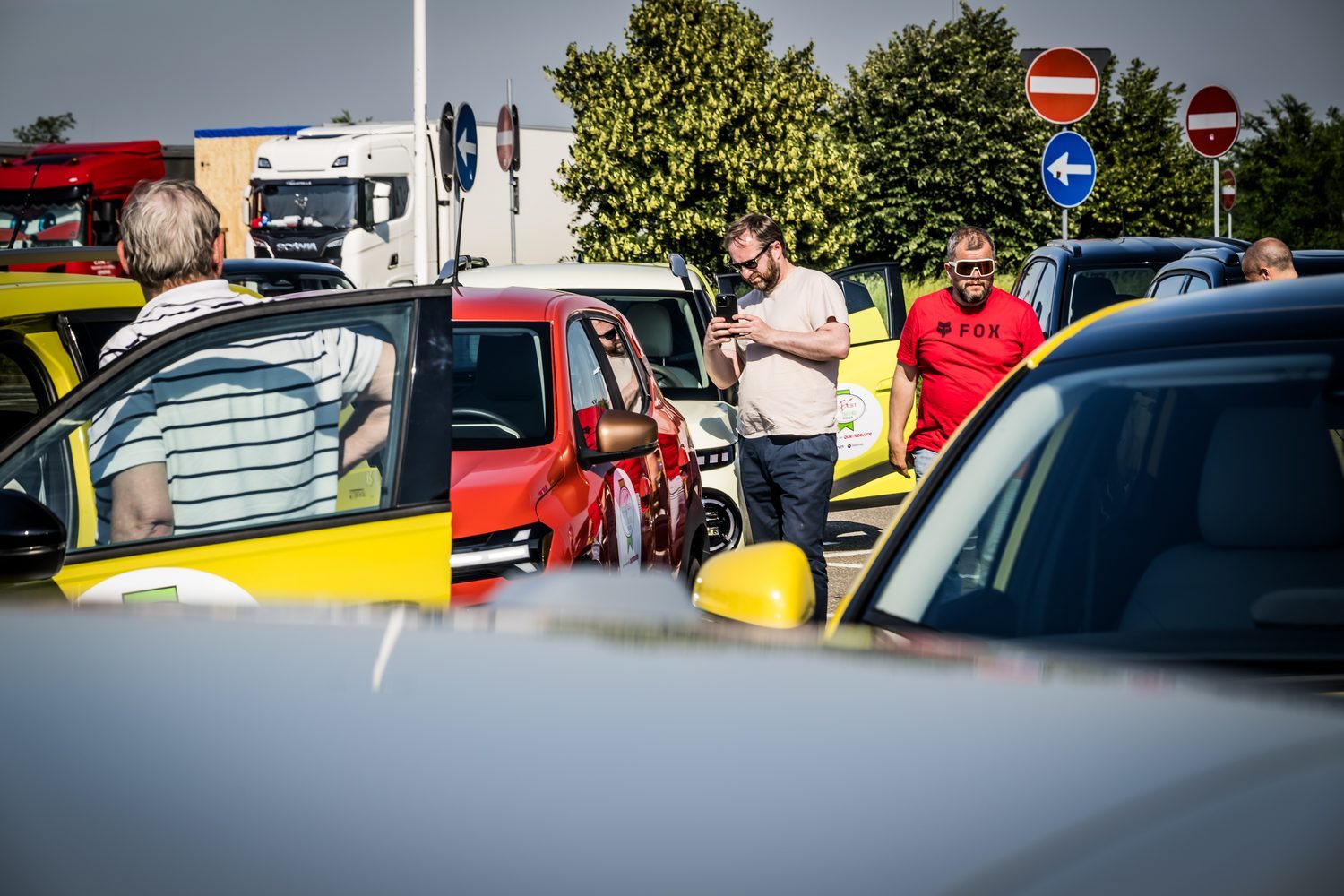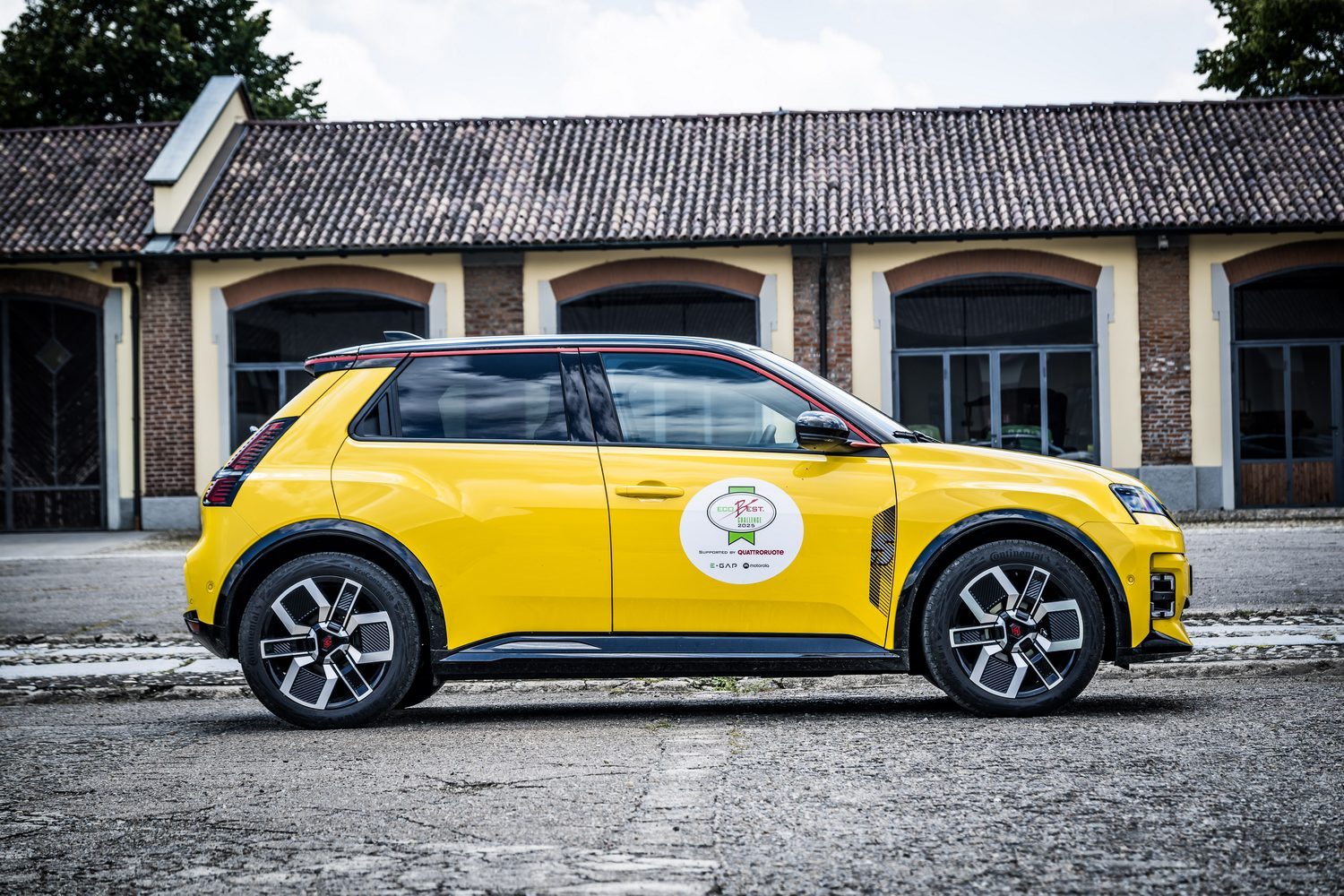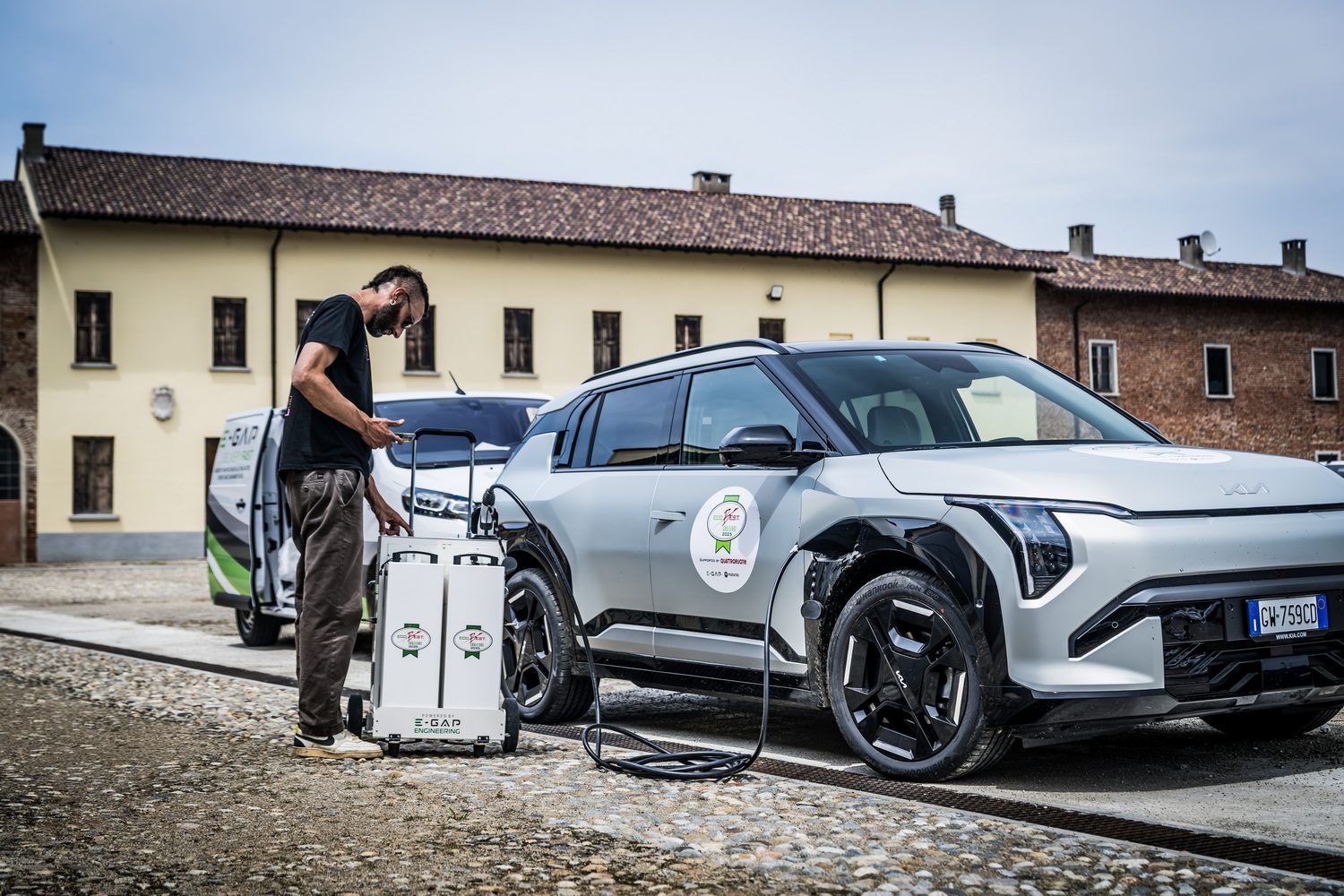For as long as electric cars have been on the market, the one thing that has dominated the conversation is the driving range between charges. This key figure is what manufacturers, retailers and consumers use in order to rank an electric car against all of its key competitors. But there is sometimes confusion from drivers as the officially sanctioned figure published by car manufacturers often doesn't translate to the real world. In most cases, EV owners find that they achieve significantly less range than what the published figure states - especially during winter months.
This difference is one of the things that we are most frequently asked as motoring journalists when reviewing electric vehicles: “What is the real-world range of this car?” It's a very relevant question but isn't always as easy as you might think to answer. The simple reason is that the official WLTP figure is the result of a prescribed test all manufacturers put their vehicles through. However, this test doesn't accurately reflect real-world driving.
The Worldwide Harmonised Light Vehicle Test Procedure, to give its full name, is conducted with every version of a model available from a car brand. That means different engines, wheel sizes and body styles are all tested, but the test itself isn't especially long. The duration is 30 minutes, and it typically covers 22.5 kilometres, taking in different speeds during parts of the test. These tests are also conducted during mild ambient temperatures, something that isn't representative of our climate here in Ireland, especially in winter. It does, however, effectively establish a theoretical benchmark for every make and model of car.
The reality is that everybody is going to get a different set of results if they drive the car according to their own real-world scenarios. What I mean by that is some people may spend the vast majority of their daily journey on the motorway, which the type of driving that will drastically reduce an electric vehicle's range. Equally, there is a number of people who spend most of their time driving at very low speeds in cities or urban centres, and these drivers will often get a range between charges that's higher than the official figure.
Furthermore, some people will only ever drive alone in the car, while others will often drive with their family on board and the requisite luggage that accompanies them, adding more weight to the vehicle and increasing the amount of energy required to drive.
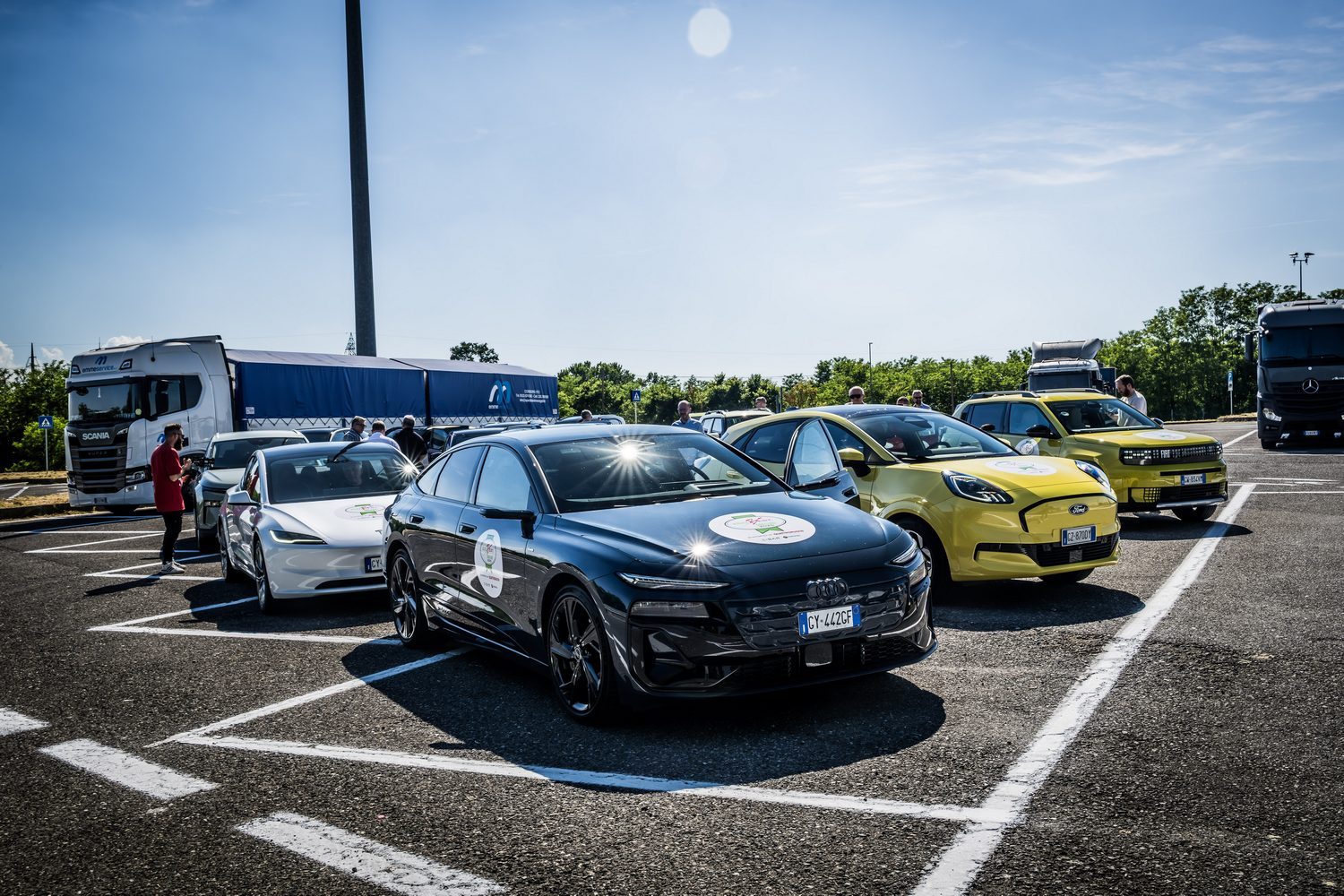
So while it's not always possible to give every person a specific real-world figure, what we have done as part of the Autobest jury is to take a selection of the latest electric vehicles that are on sale and put them through a test that more accurately reflects real-world driving, with one extra difference: we drive the cars from 100 per cent charged until the batteries are flat. And by flat, we mean we drive them beyond showing the point at which their trip computers show zero kilometres remaining, until they come to a complete stop - to see exactly how far they will go.
All of the cars are driven on the same route with a suitable balance of motorway, country roads and city streets. To make sure that this test reflects real-world driving, all of the cars are driven up to the posted speed limits in normal traffic conditions. Neither is there any special technique used to conserve energy - so we have the climate control active at 21 degrees, for example. The whole point is that the cars are driven in a realistic manner.
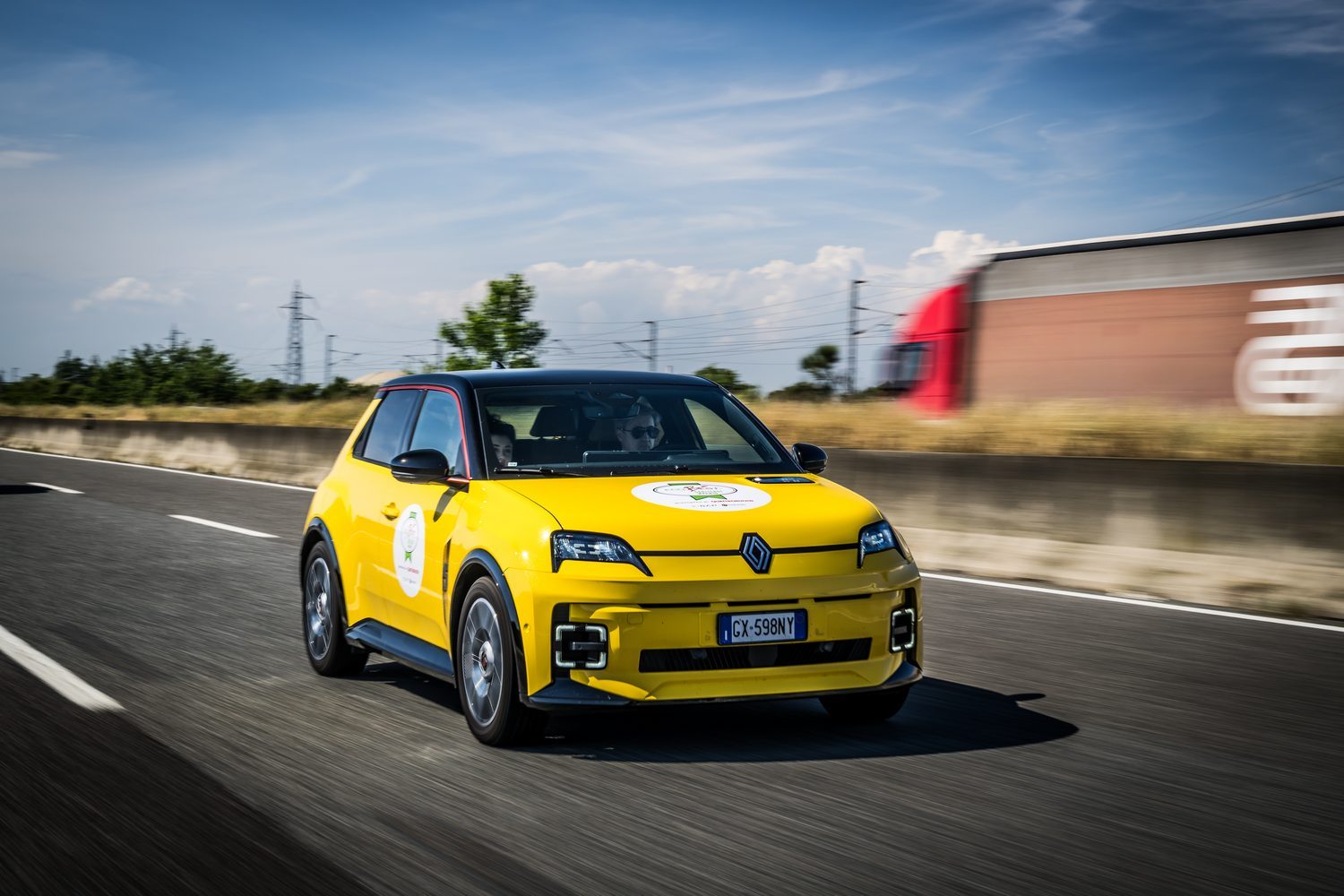
Ensuring that no one particular driver can adversely affect a car's results during the Ecobest Challenge, all drivers regularly swap cars. Every 25 to 30 kilometres, the cars are pulled in, and we move from one to another. This also gives us all time to experience all of the cars.
Having begun the test with reset trip computers and fully charged batteries, the cars are also connected a third-party software system through their OBD (on-board diagnostic) socket, which enabled us to draw far more data from the car than the trip computer on the dashboard would show. This software lets us see energy use, battery condition and how it performs as the charge decreases.
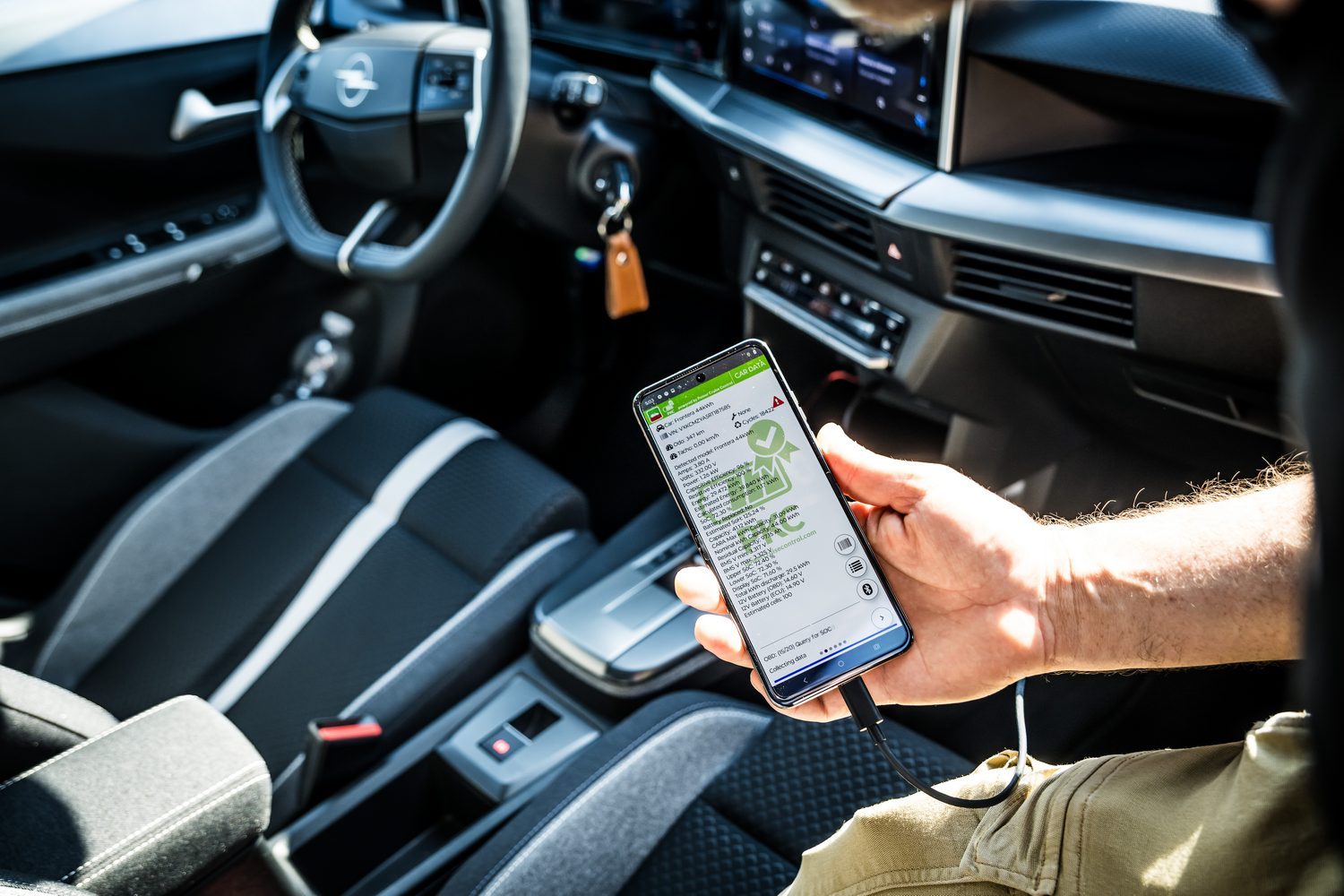
For a true belt-and-braces approach, and to compare data, we also record all of the main moments of the test drive using the car's trip computer, including when the cars reach zero kilometres remaining.
When this is close to happening, we drive the cars back to the Vairano circuit, where we conduct the final part of the range test away from the public road. In this controlled environment, we can still drive at normal speeds without the risk of causing a hazard to other road users.
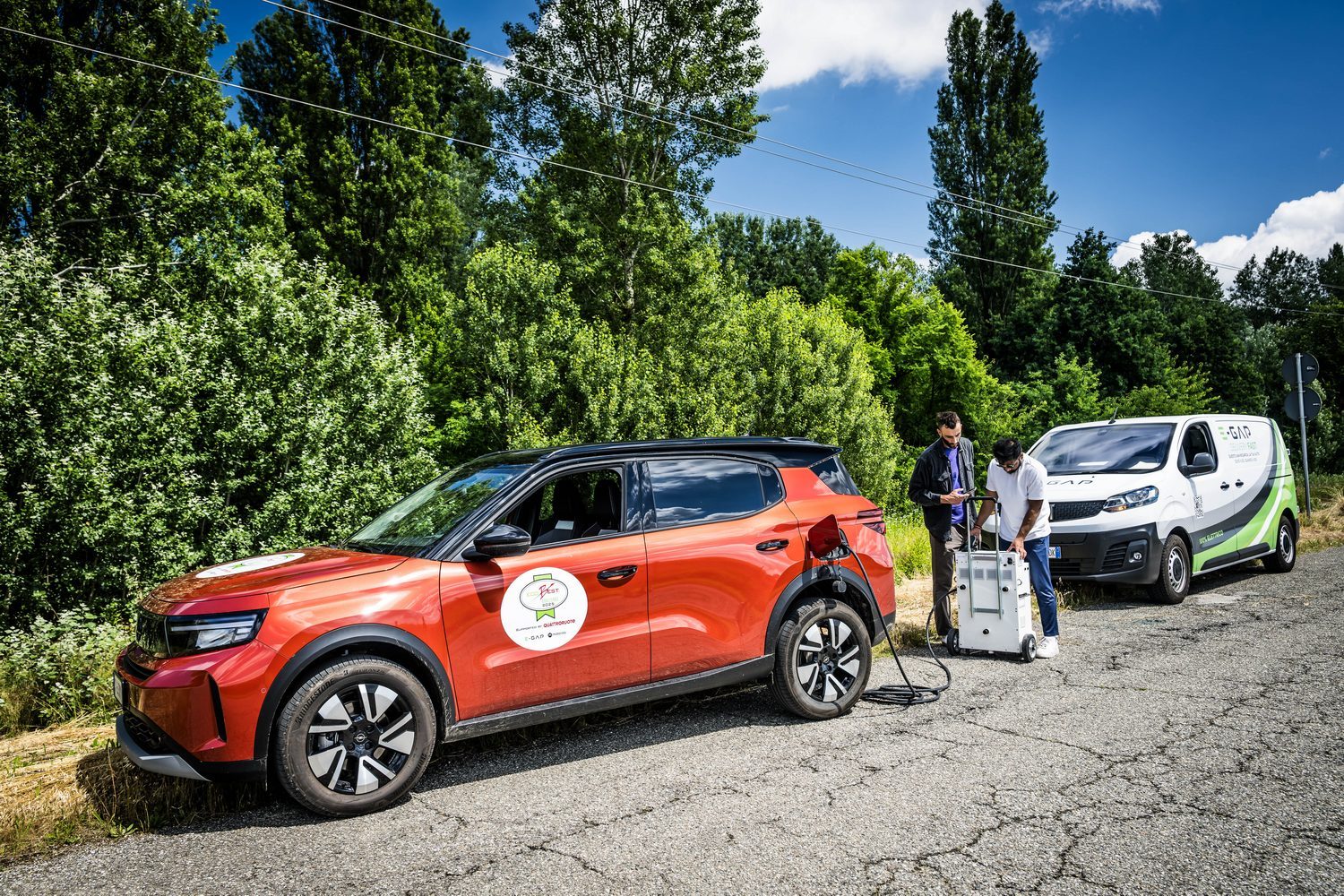
This is where the test gets interesting as we can see how far the cars have covered since being fully charged - and how that compares to a WLTP figure - and how each car performs as the battery nears complete discharge.
In most cases, once the cars get to having single-digit ranges remaining, they go into a 'turtle mode' where their power output is reduced and certain functions are limited. The air conditioning will be reduced, for example and we've seen things such as radios stop working as the car tries to direct every last bit of energy to the motor driving it.
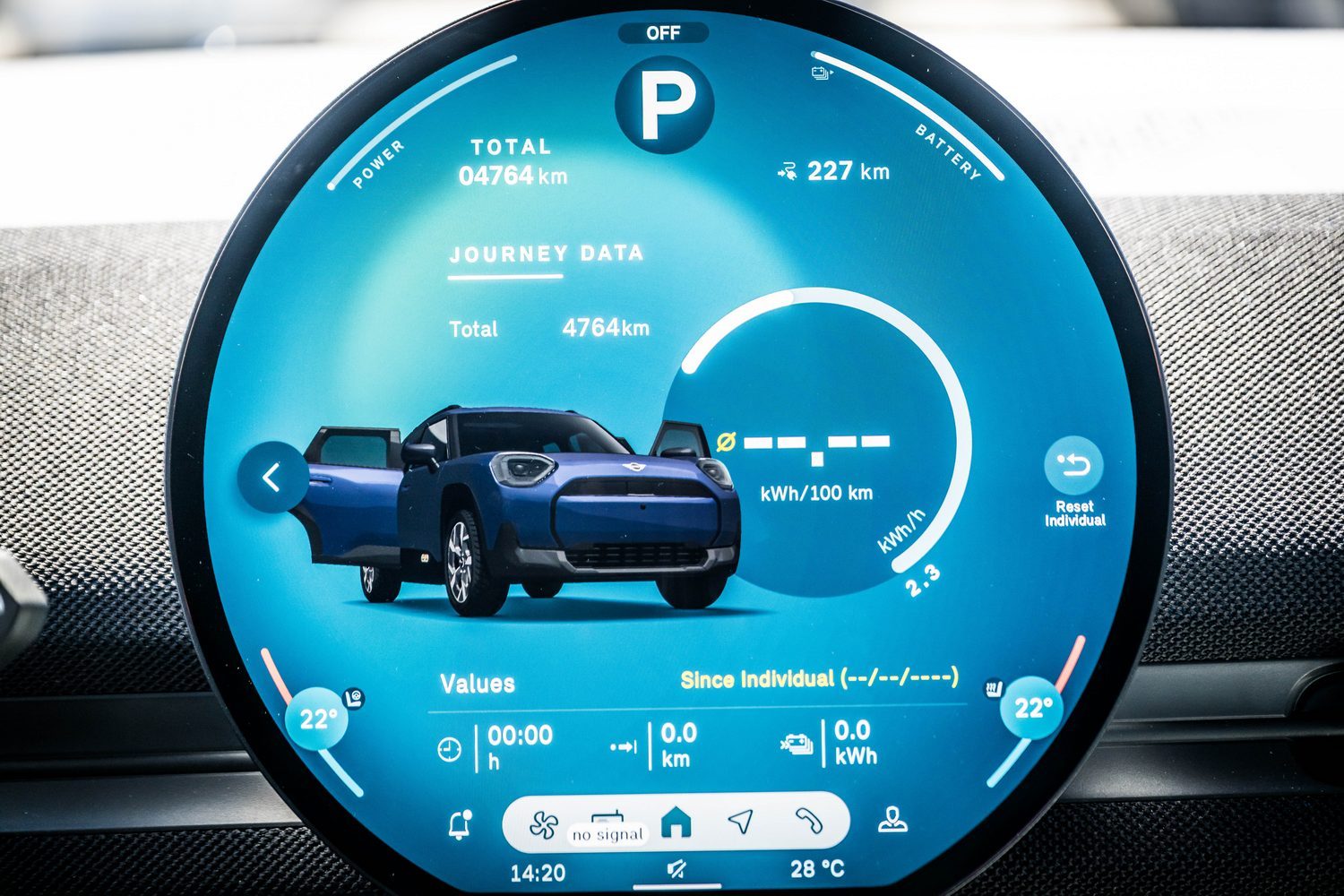
We record the point at which zero kilometres remaining appears on the dashboard and then continue driving to see just how far the car will go. In some cases, the cars travel only a handful of additional kilometres before stopping, while others continue further than you might expect. We'll reveal more details once all of the data is crunched and we have a full set of figures to present.
How do the cars react to being fully discharged you might wonder? In some instances, the car simply slows down to the point that no matter how much you press the accelerator pedal, it won't go any further, while others will come to a stop and can be restarted to go another few hundred metres before stopping completely. The important thing to note is that all cars got to zero and carried on a little bit further, so don't be too worried if the range figure on your EV starts getting too low; it still has some energy left in reserve.
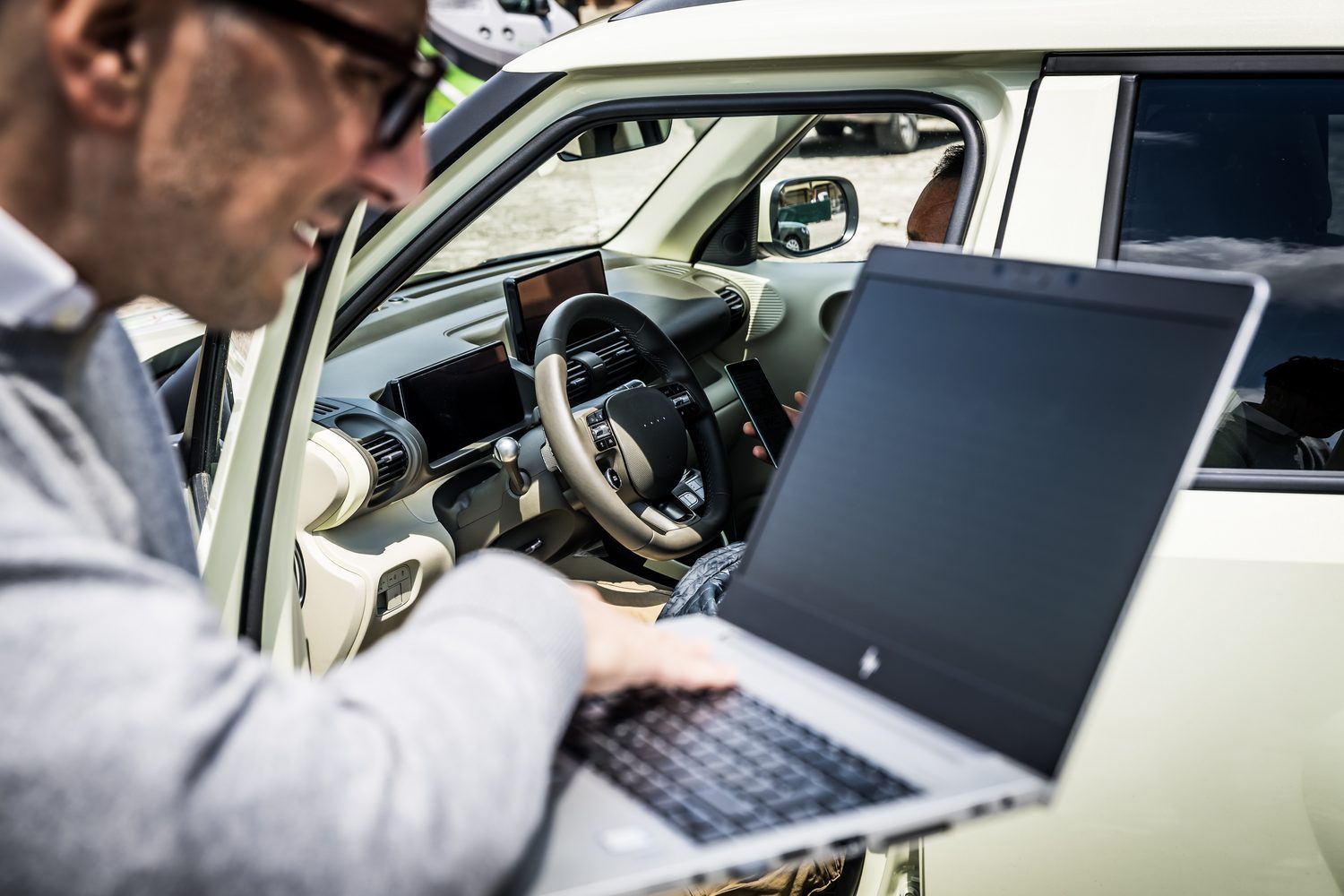
The full results of the Ecobest Challenge will be published in the coming weeks so that car buyers will be able to see how the cars performed.
The full list of the cars tested in the 2025 Ecobest Challenge by Autobest, and links to our full reviews of each are:
Audi A6 Sportback e-tron Performance
BYD Dolphin Surf
Citroen e-C3
Dacia Spring
Fiat Grande Panda
Ford Puma Gen-E
Hyundai Inster
Kia EV3
Leapmotor T03
MINI Aceman
Opel Frontera
Peugeot E-3008
Renault 5 E-Tech electric
Skoda Elroq
Tesla Model 3 Long Range

